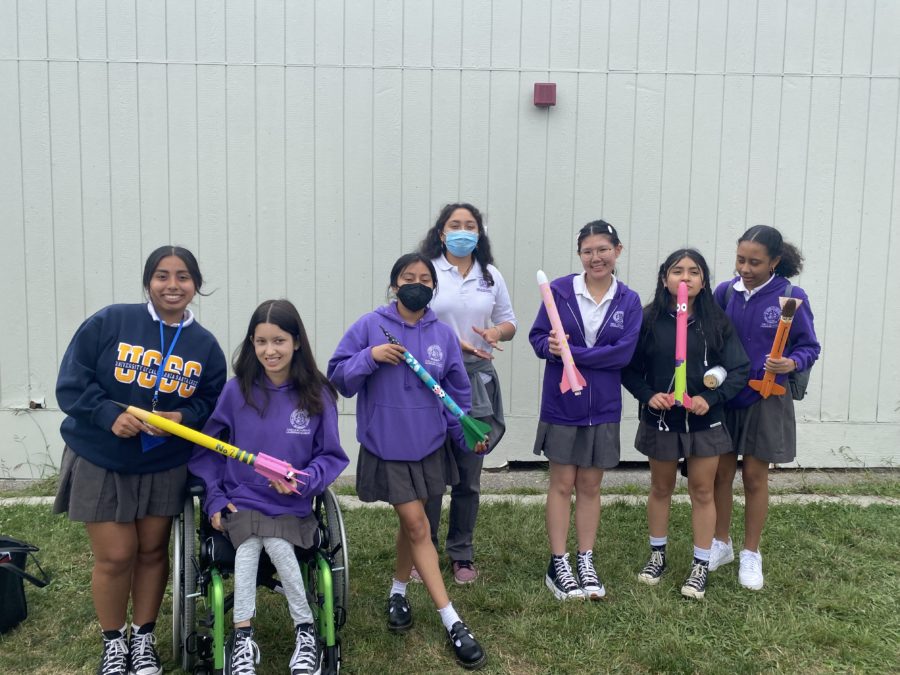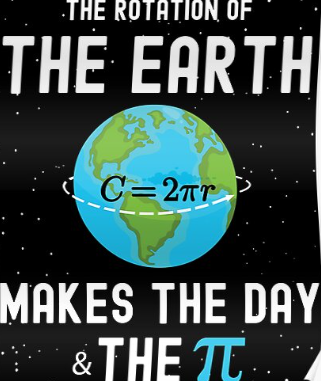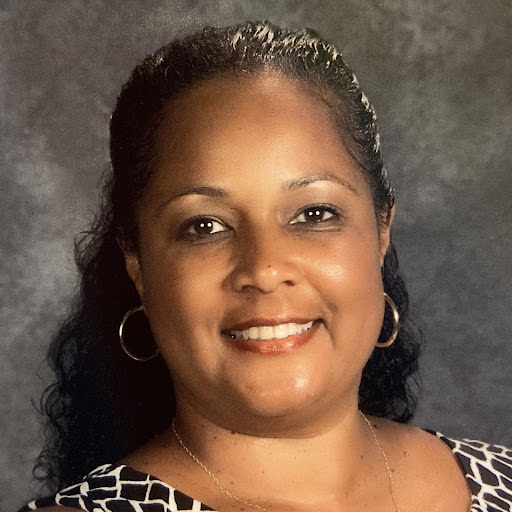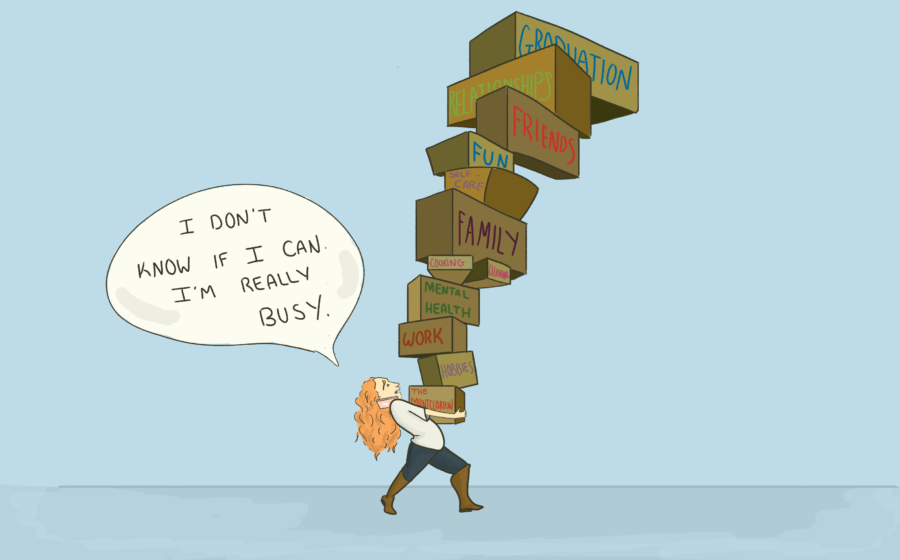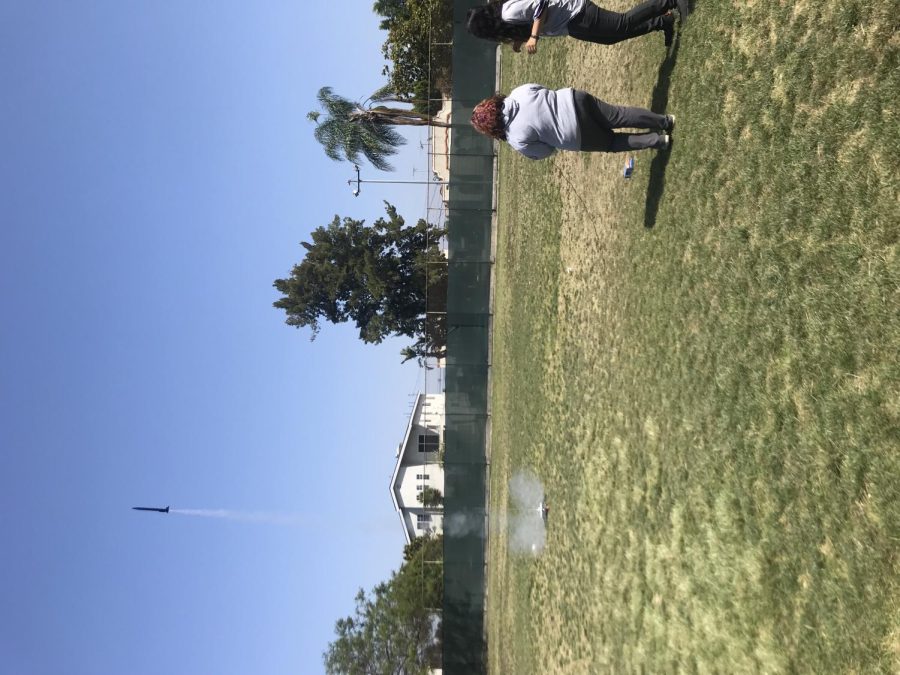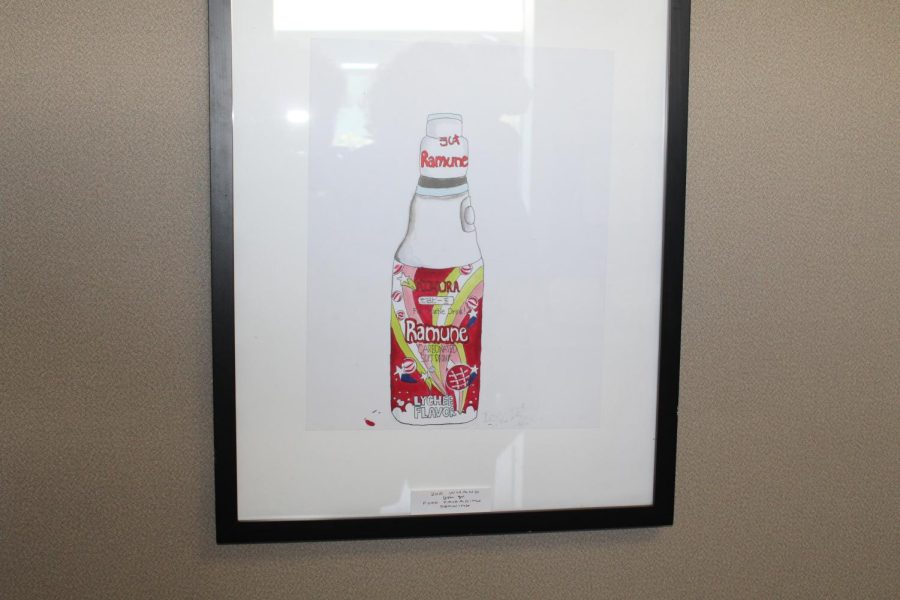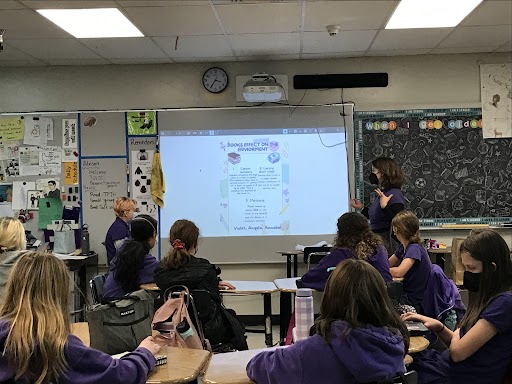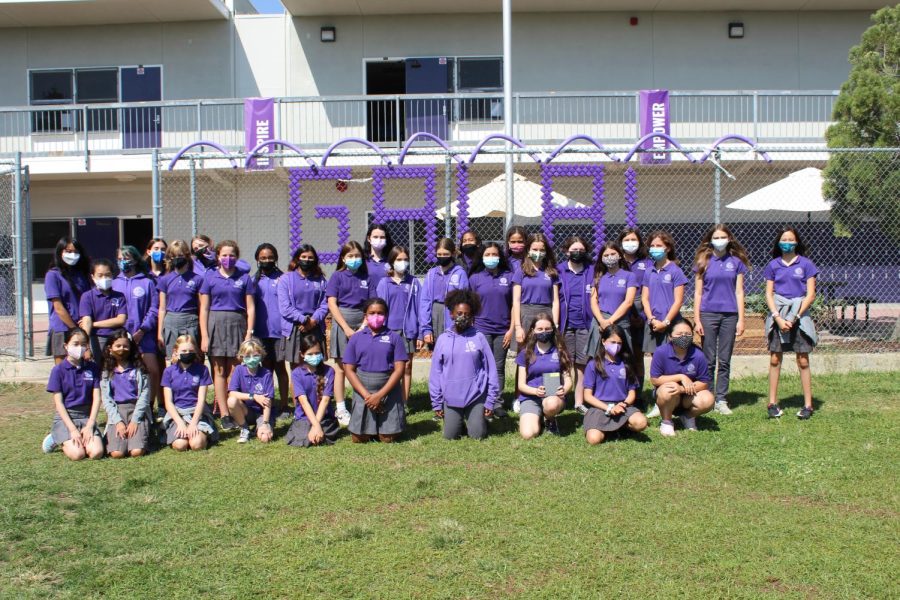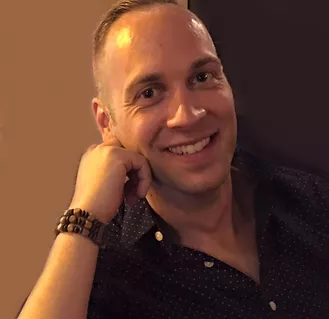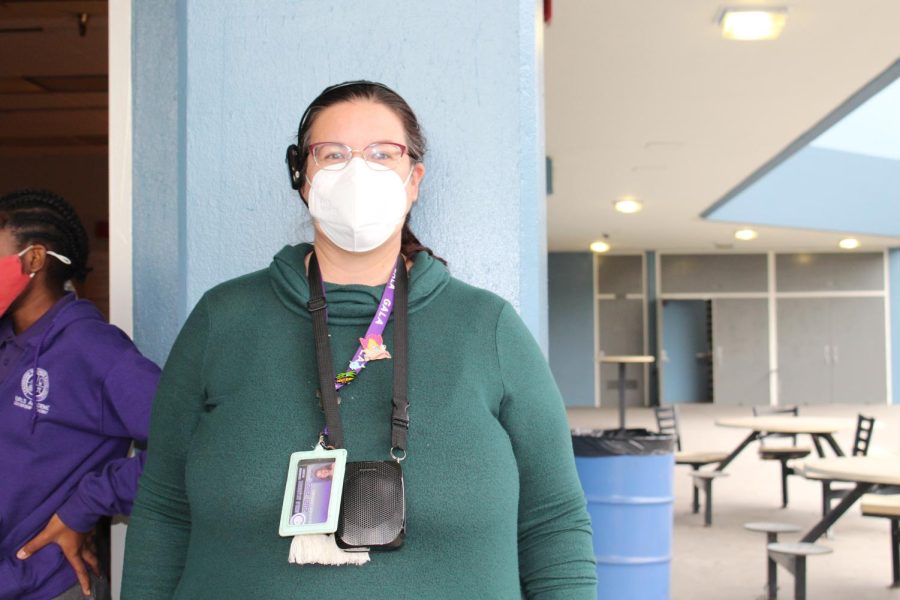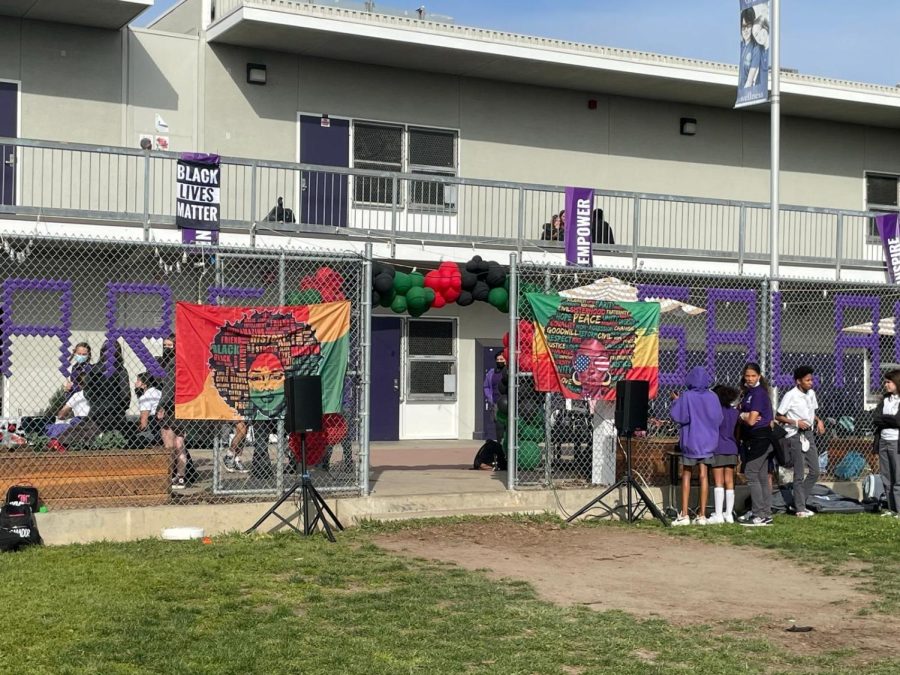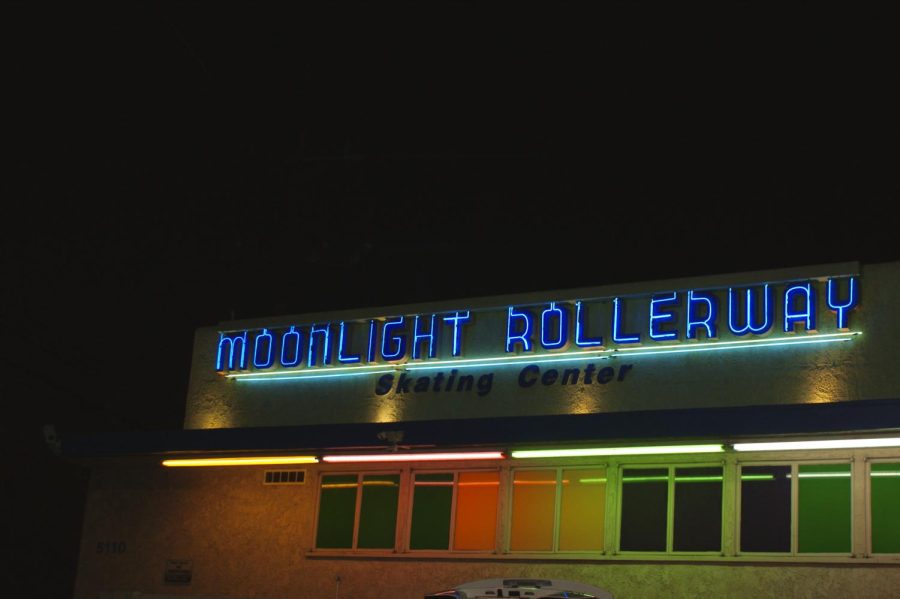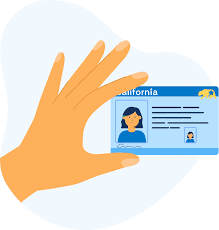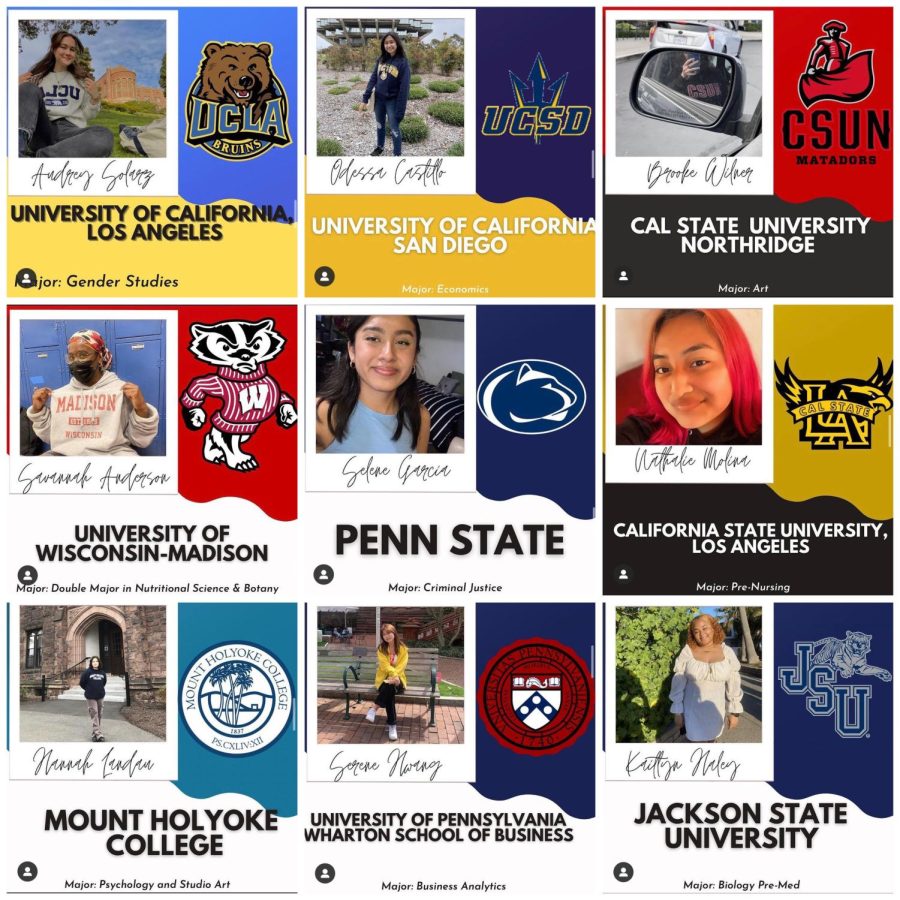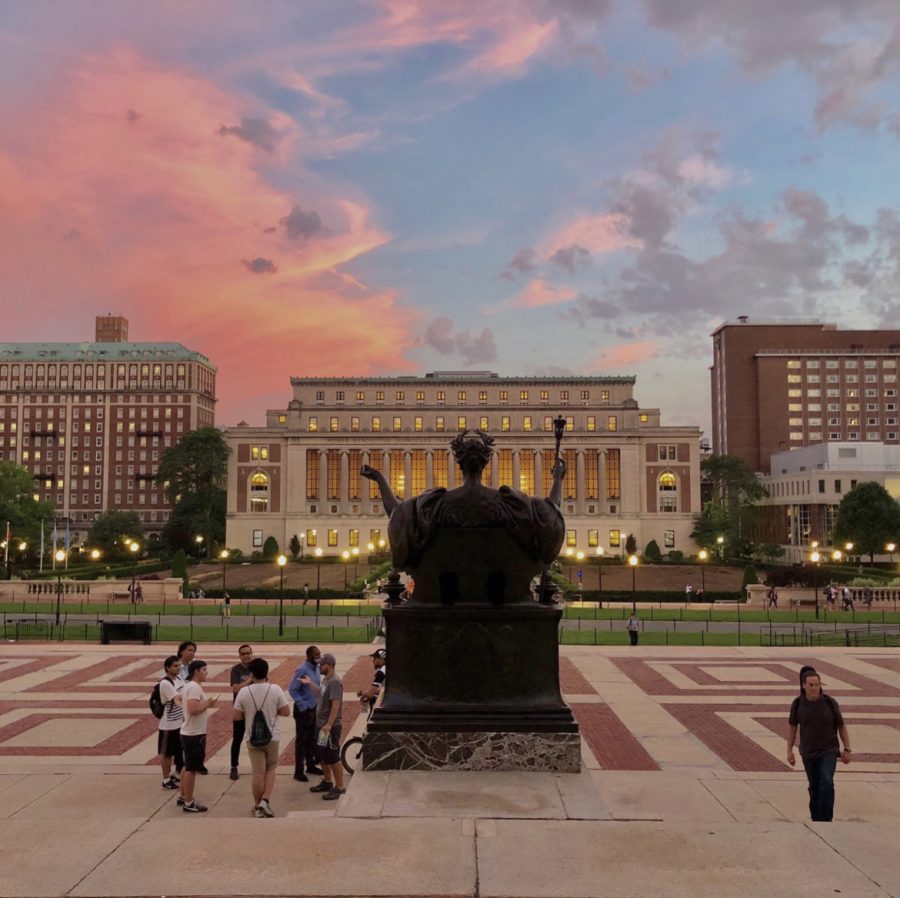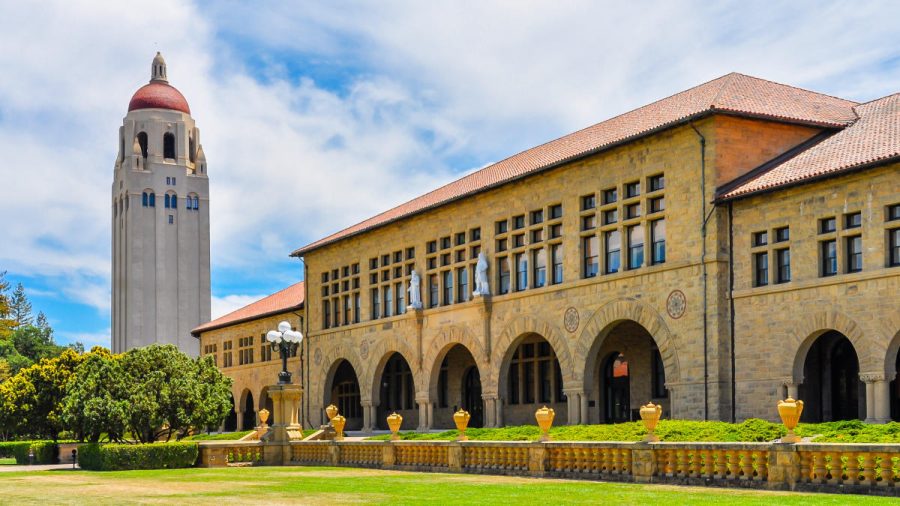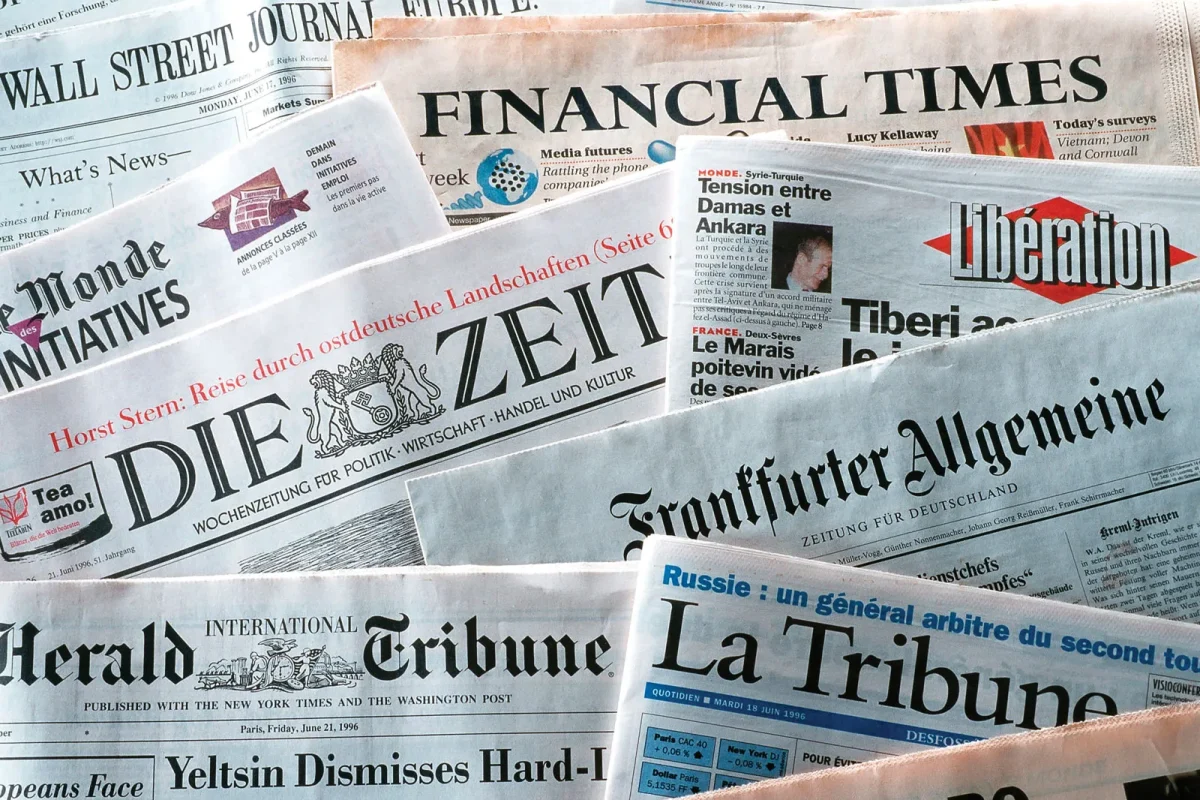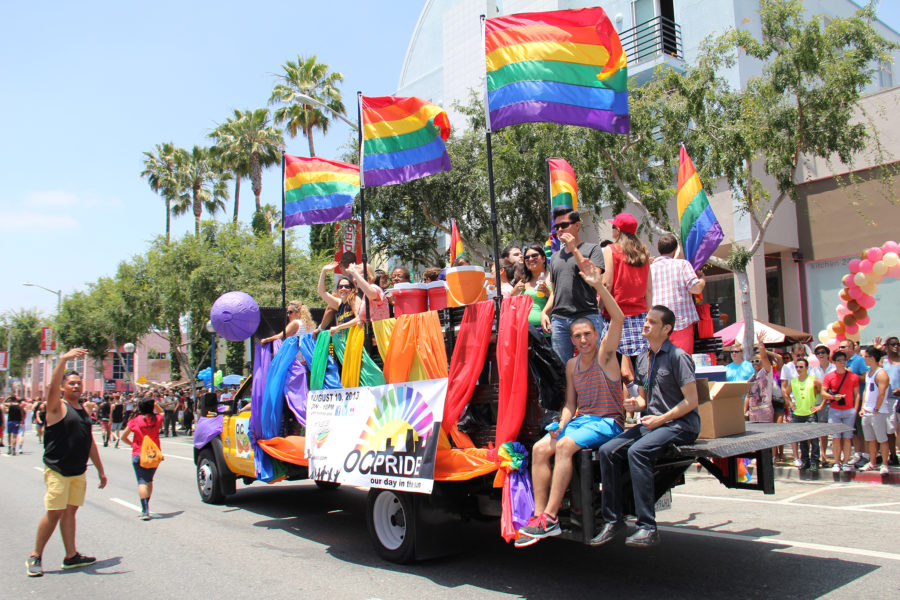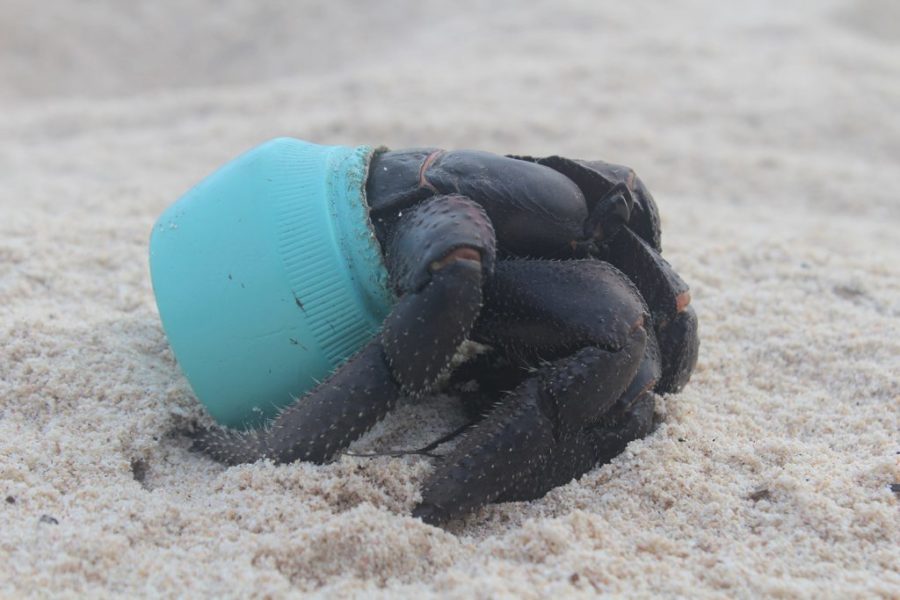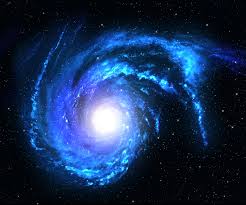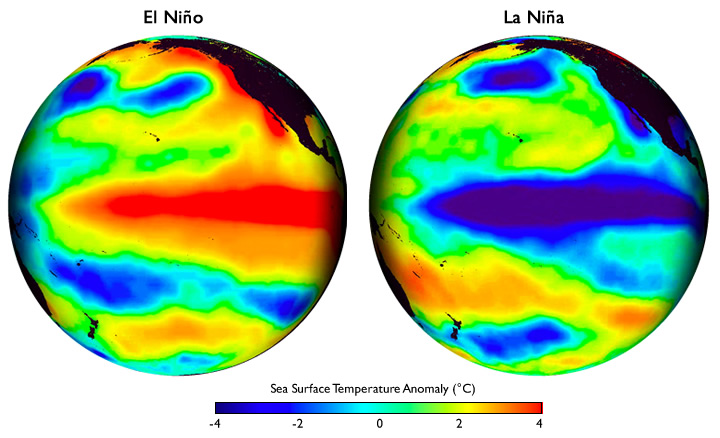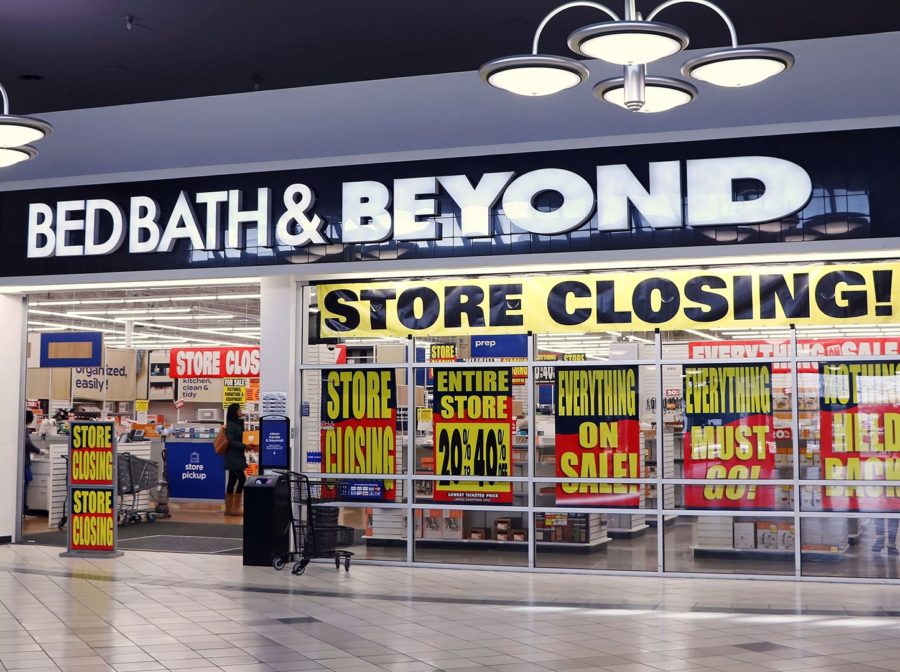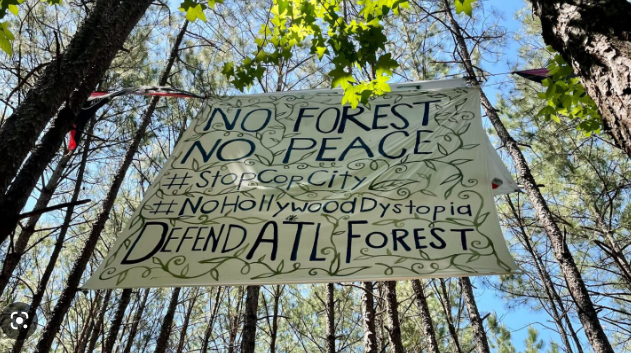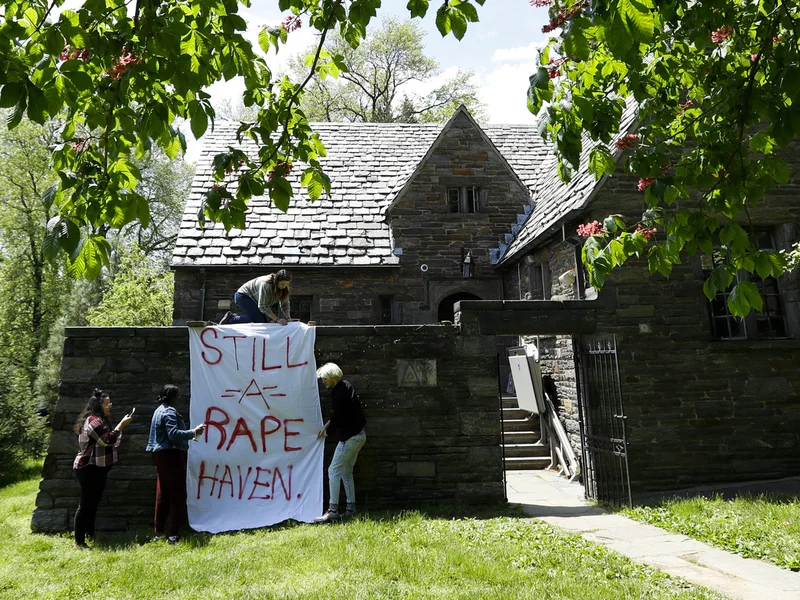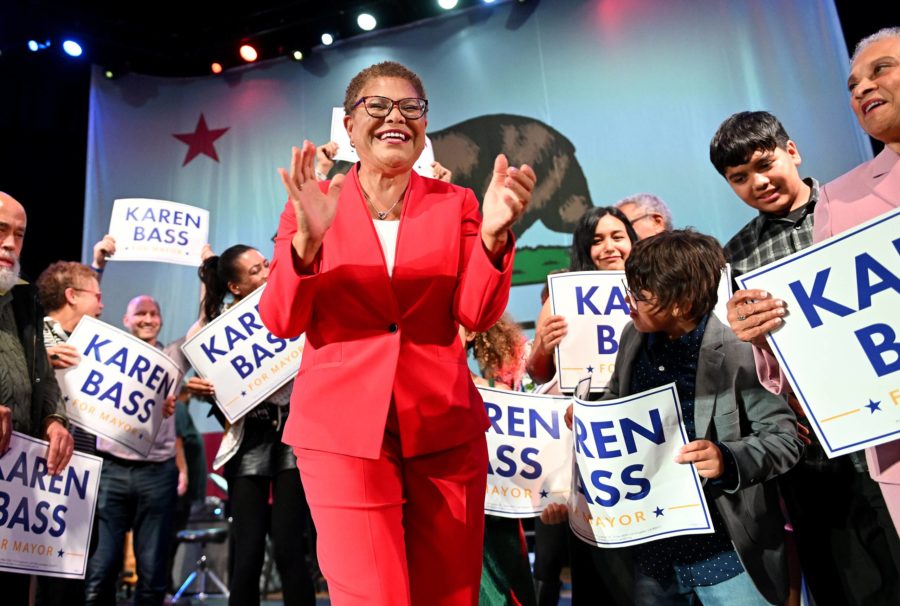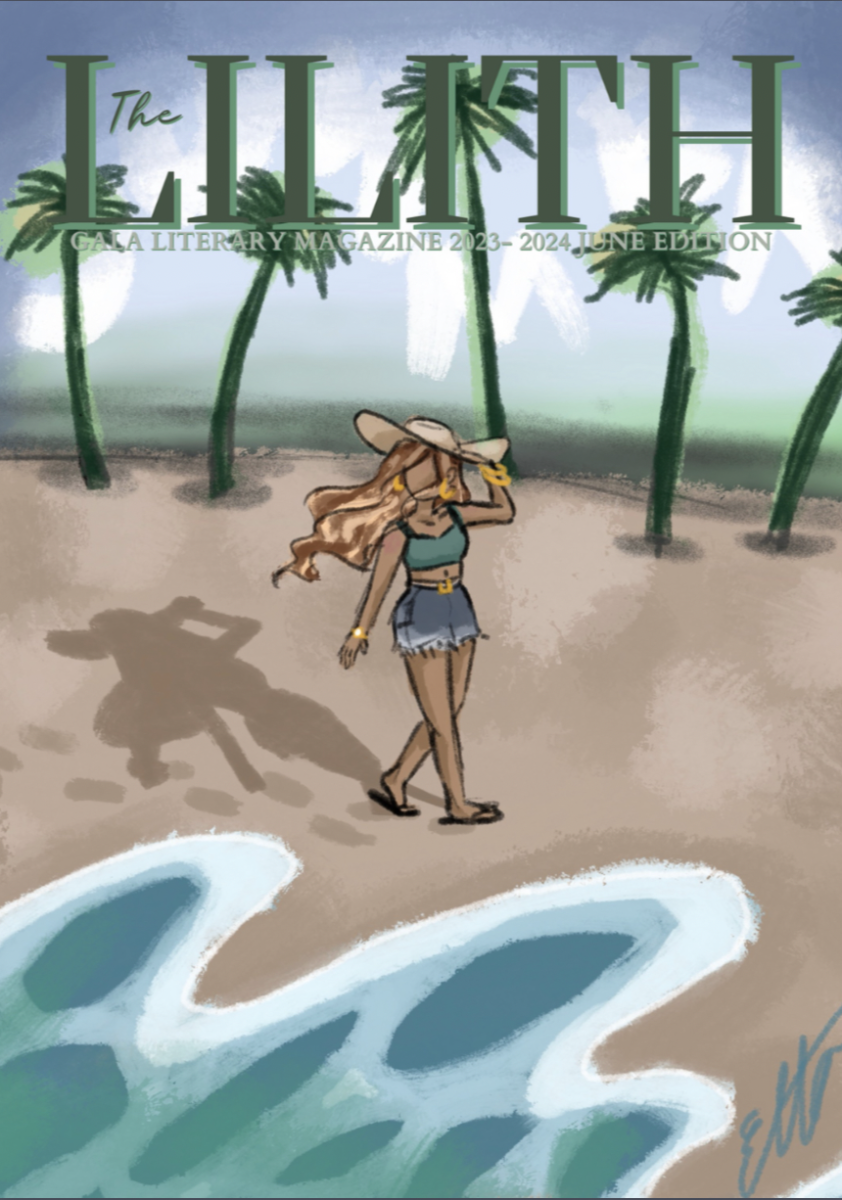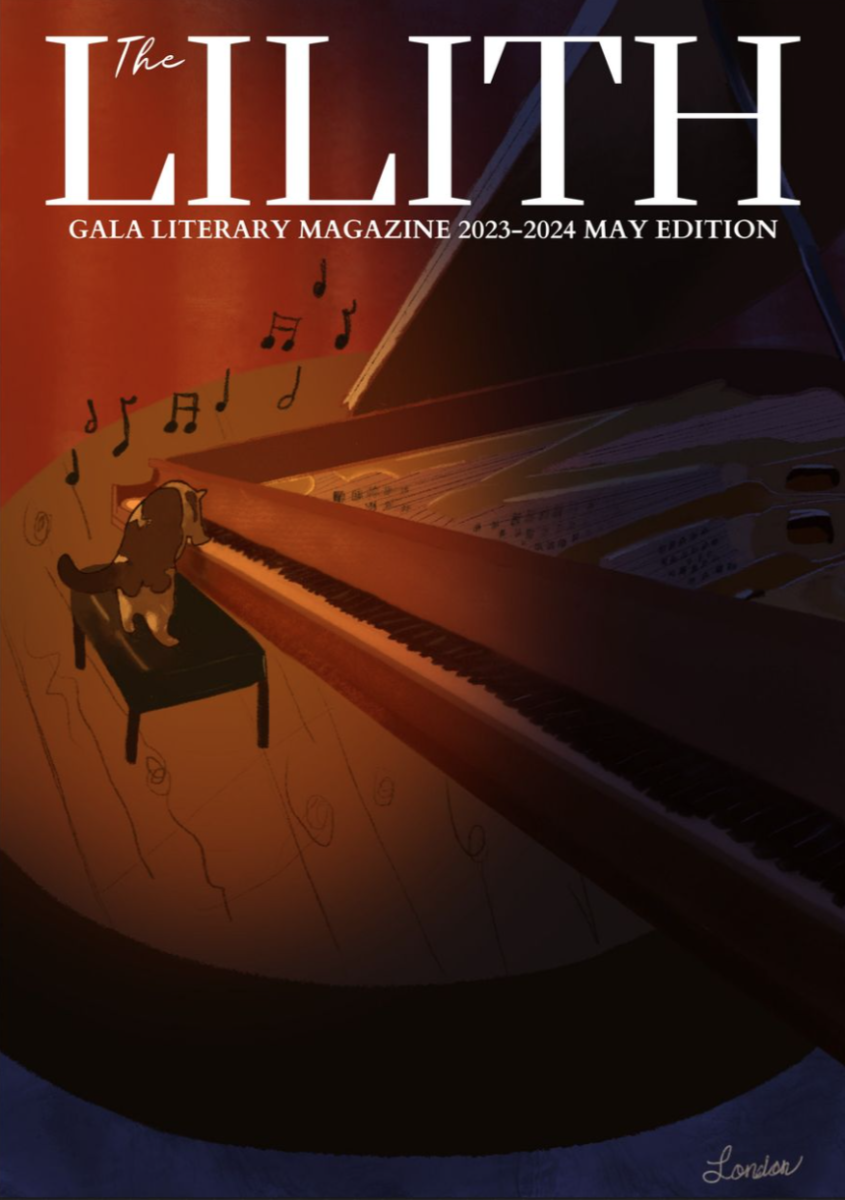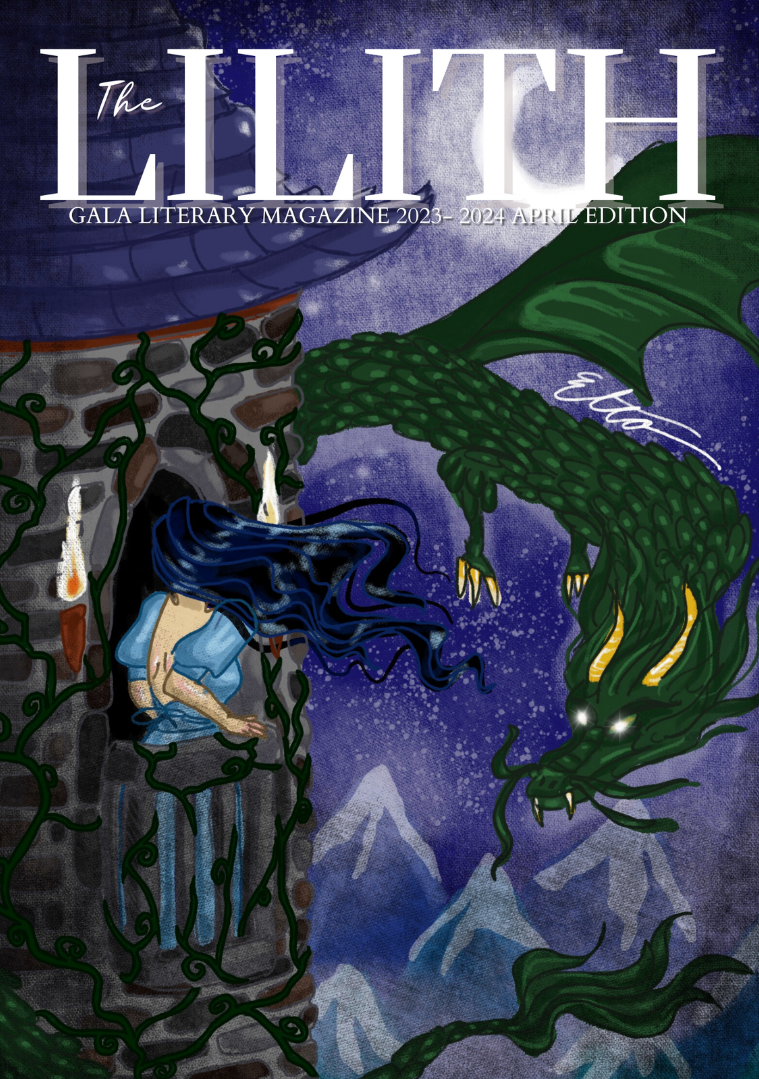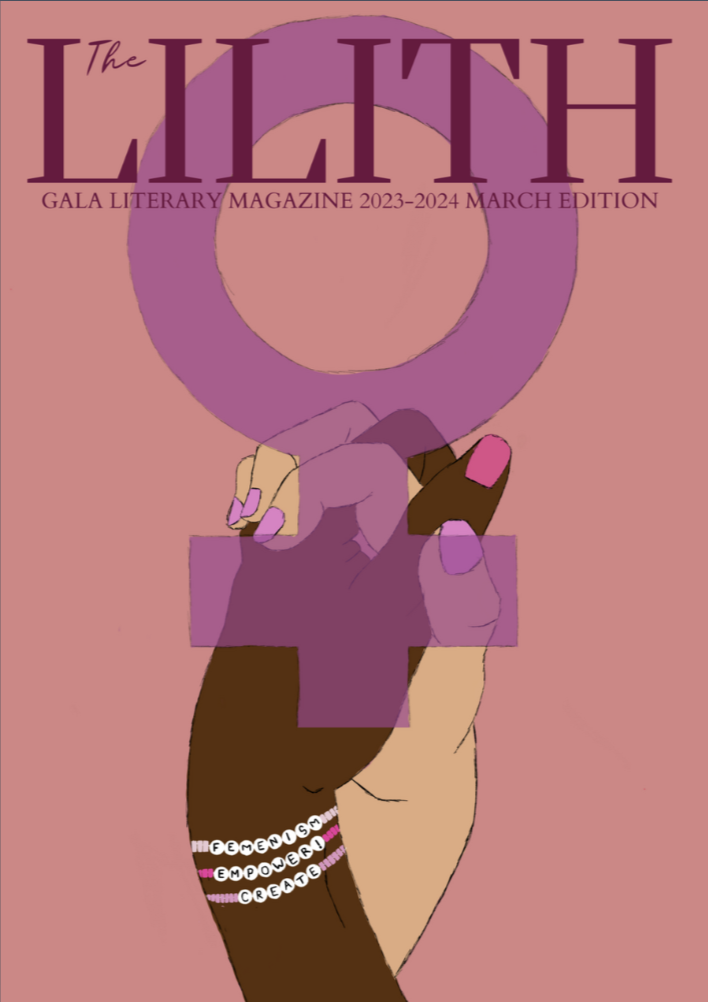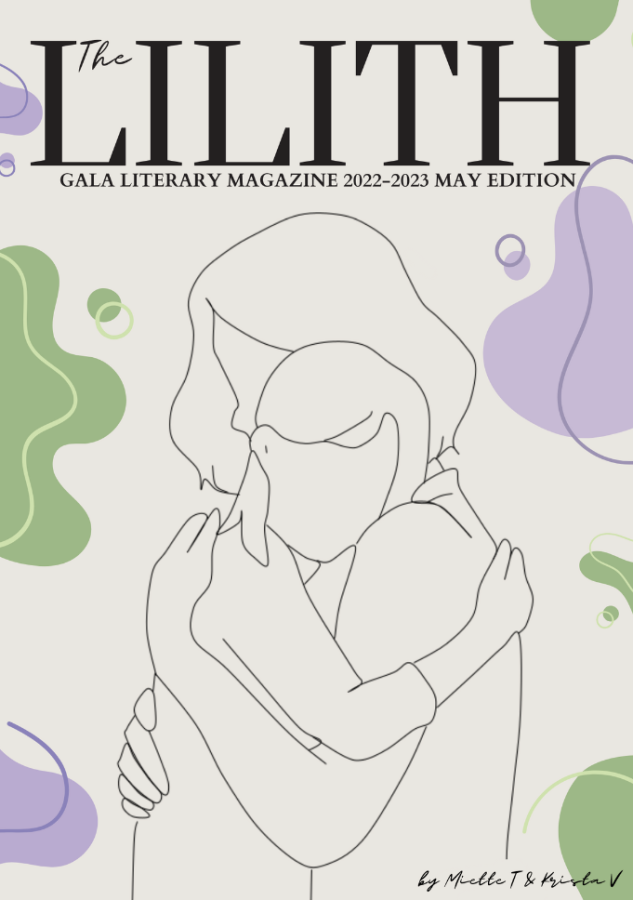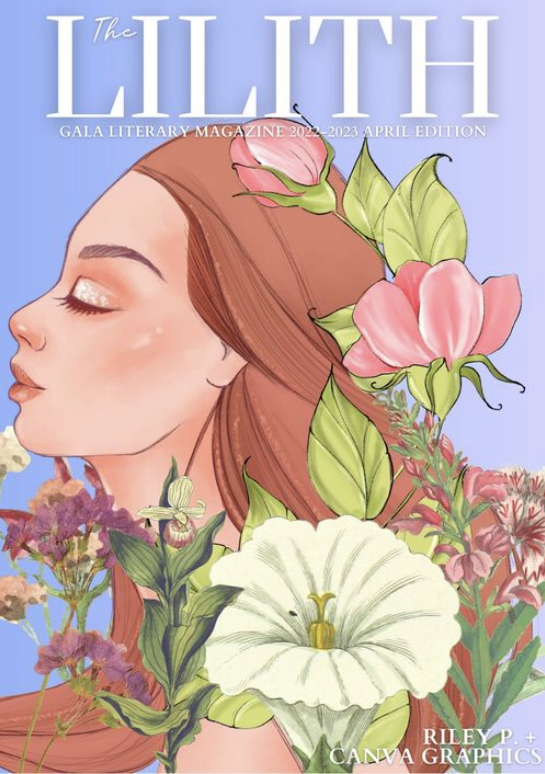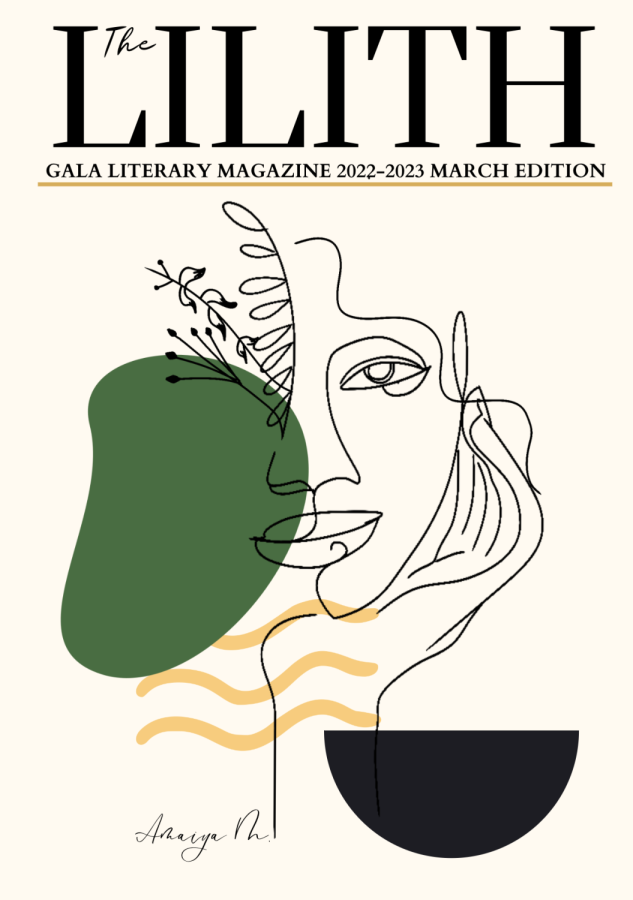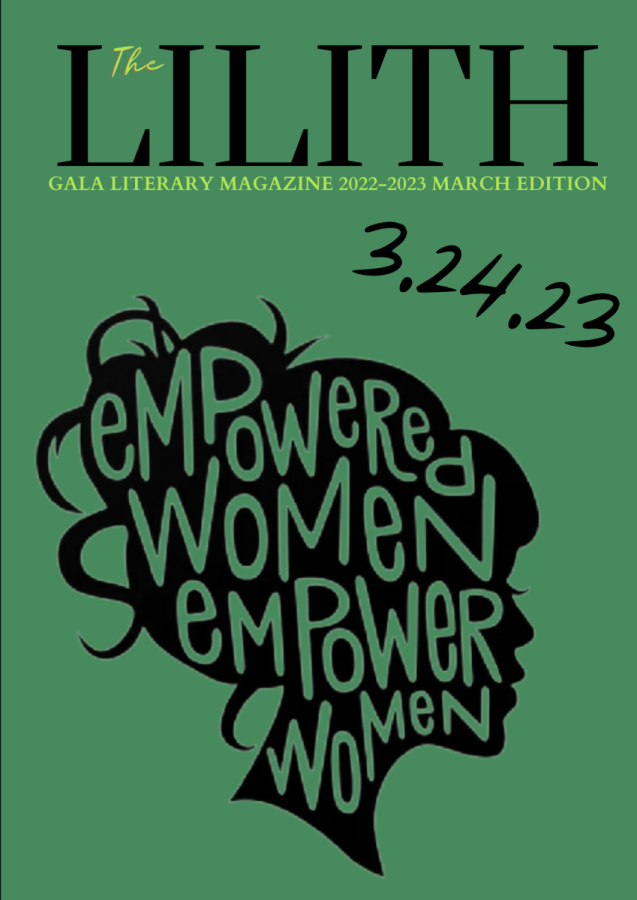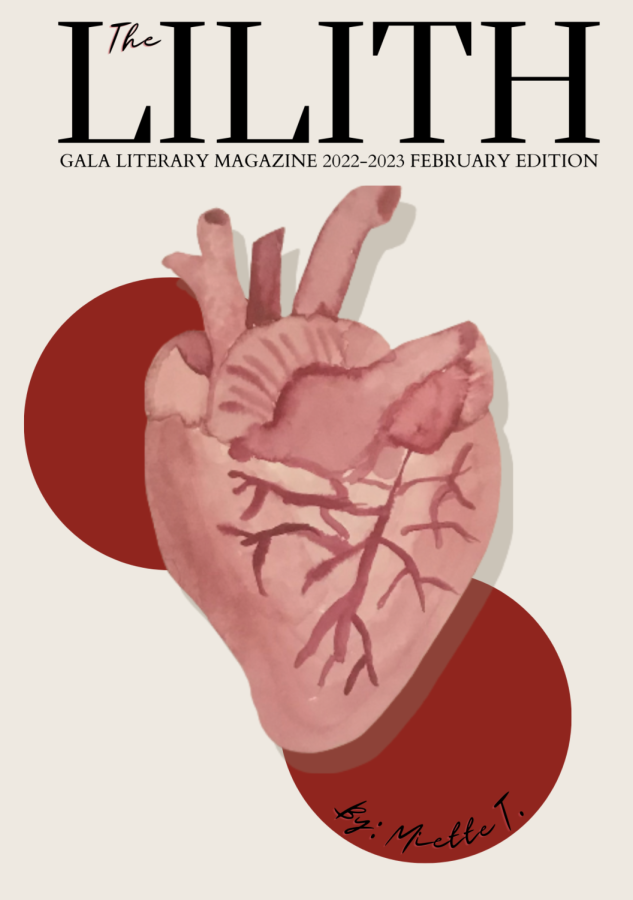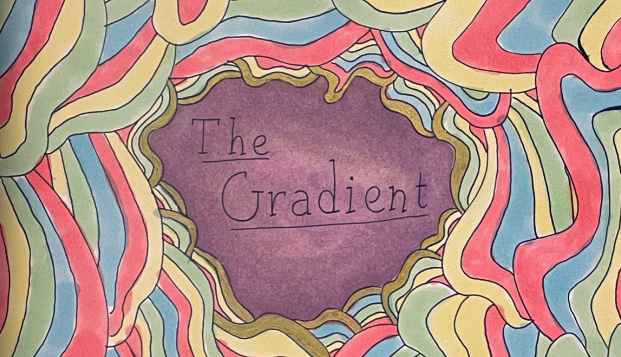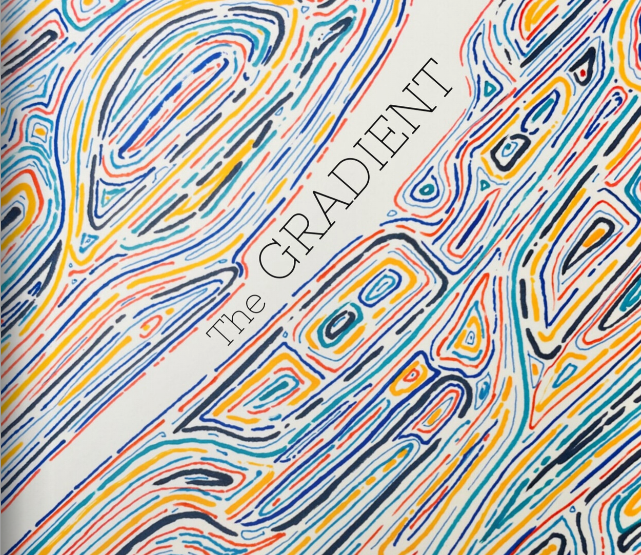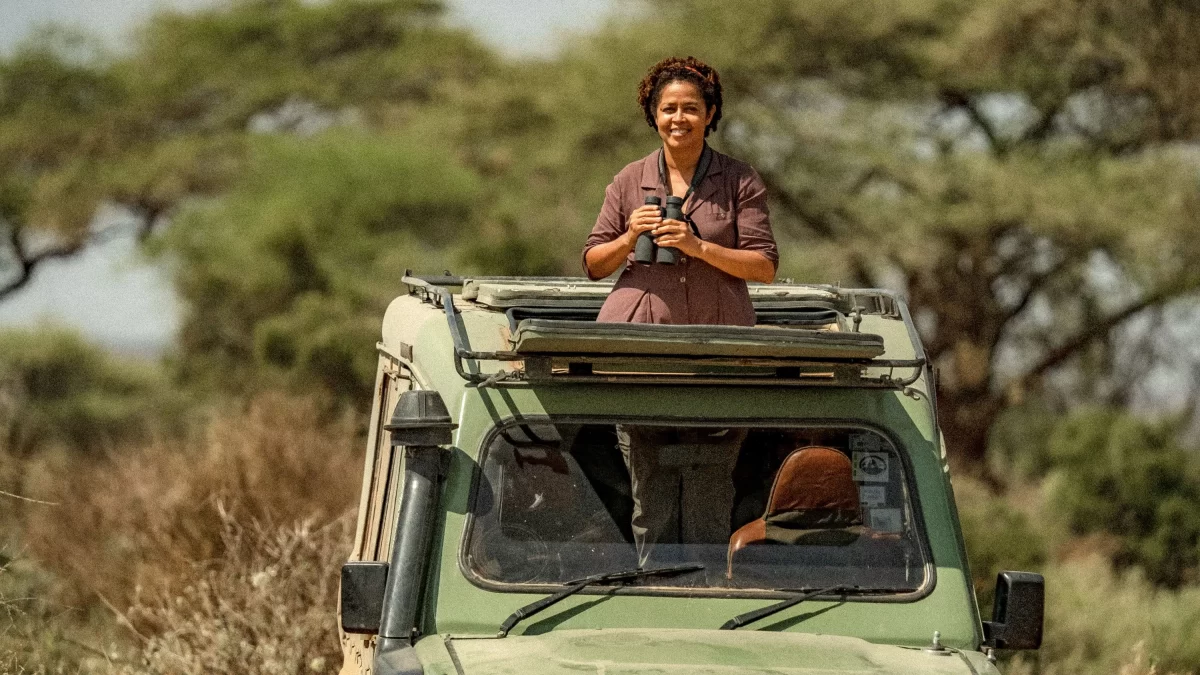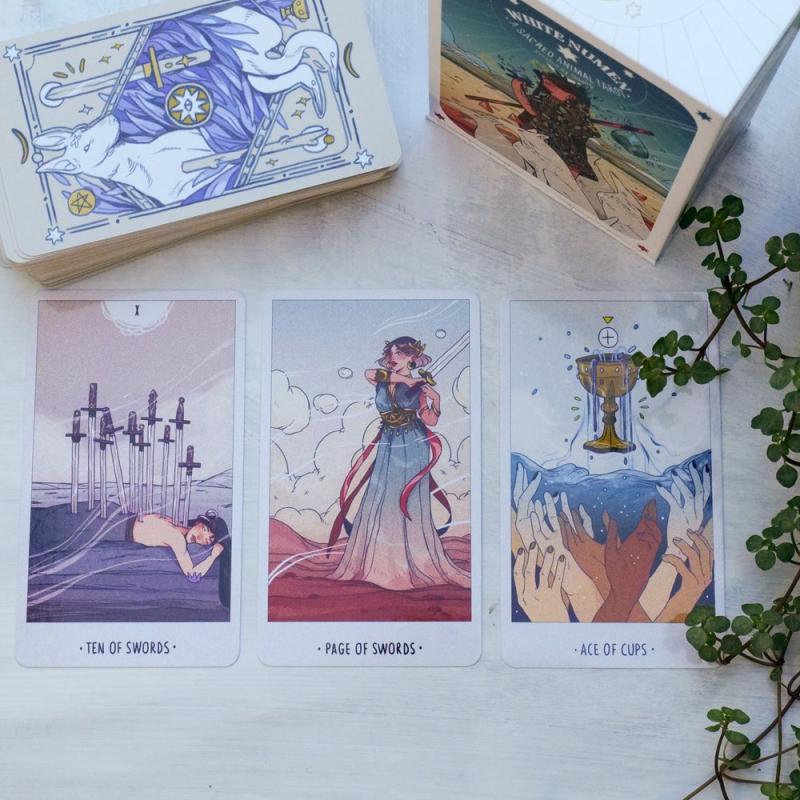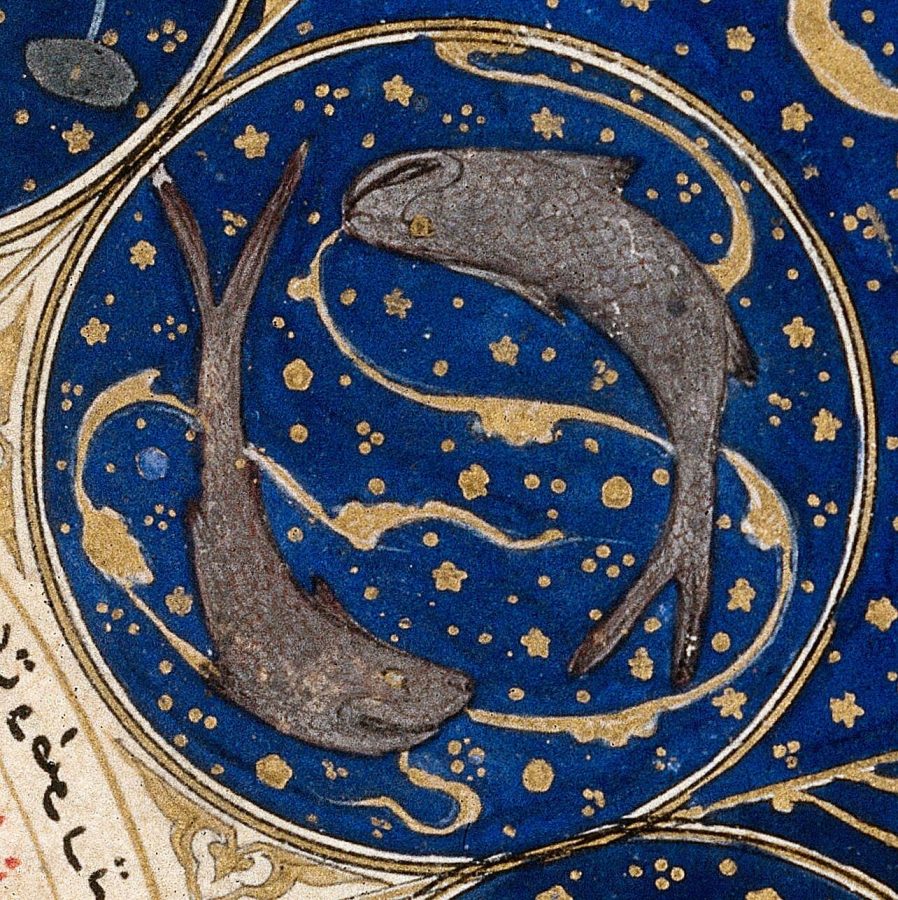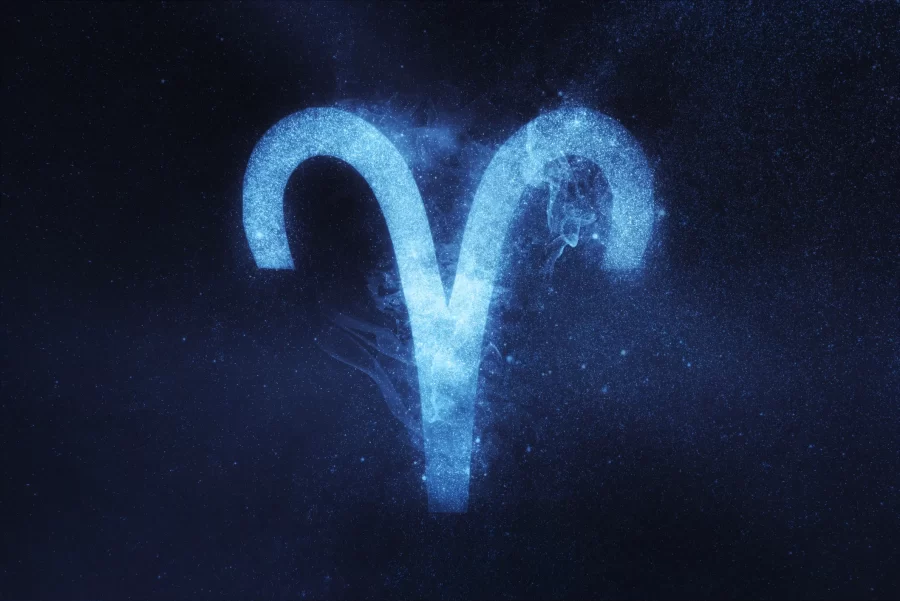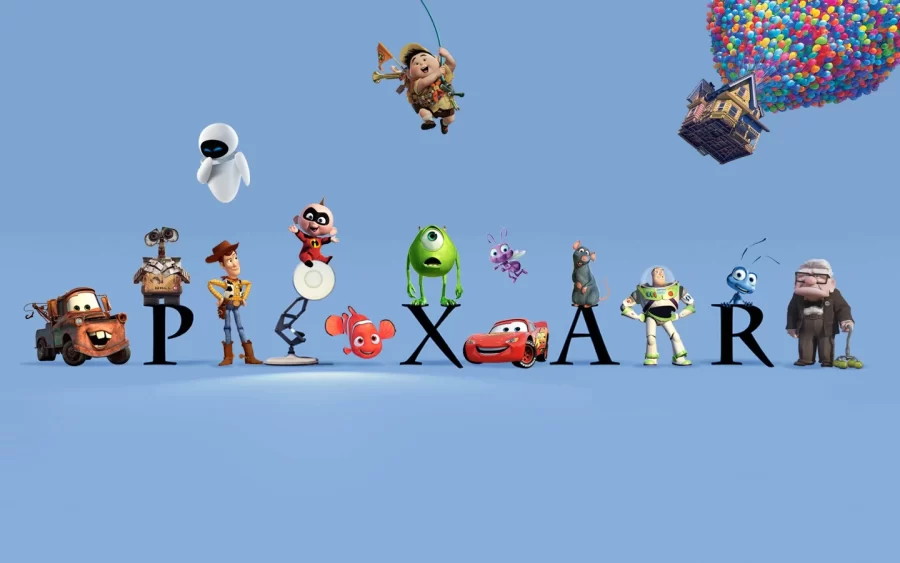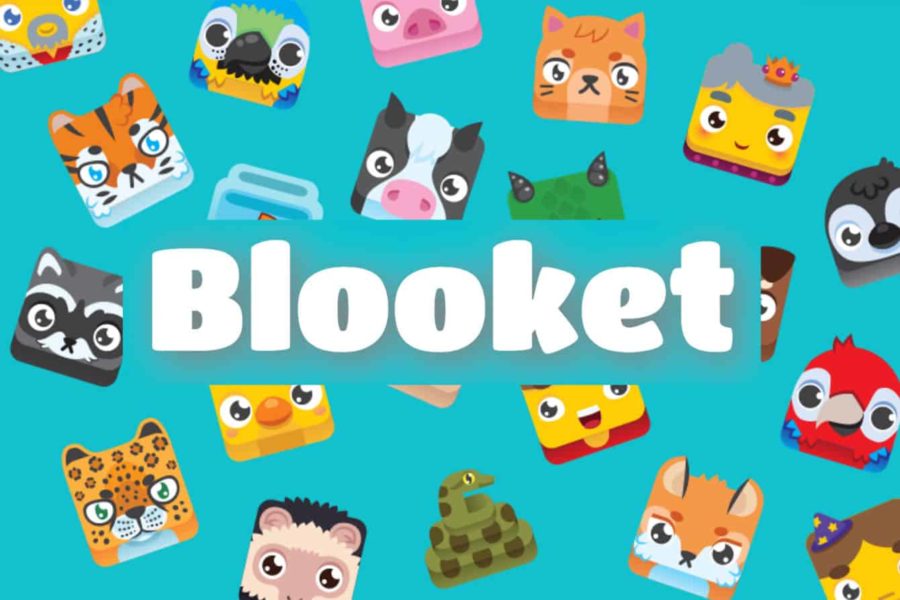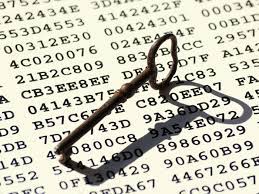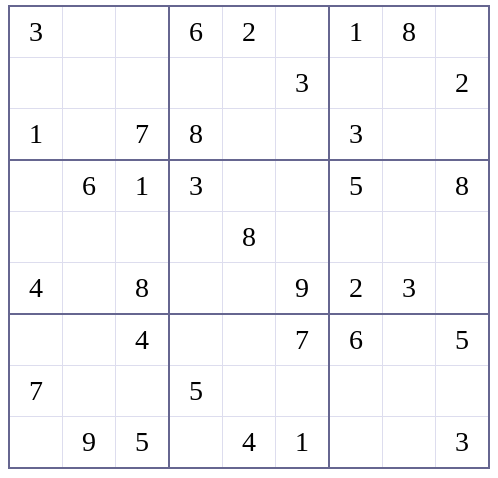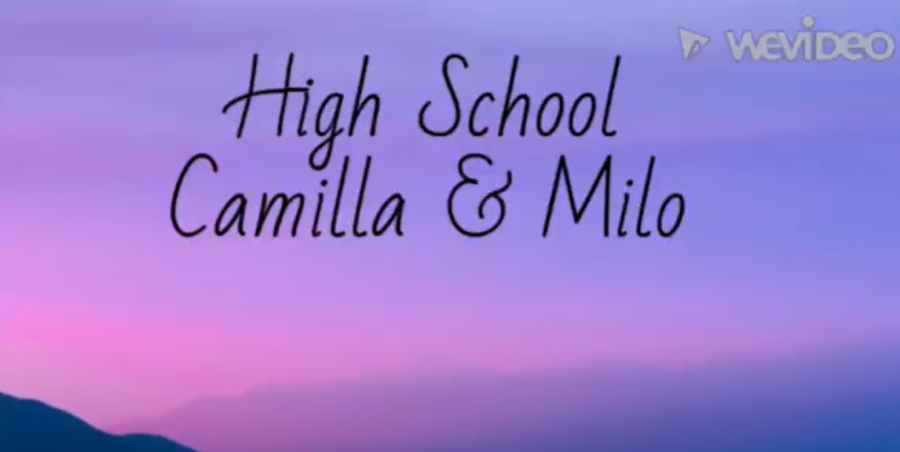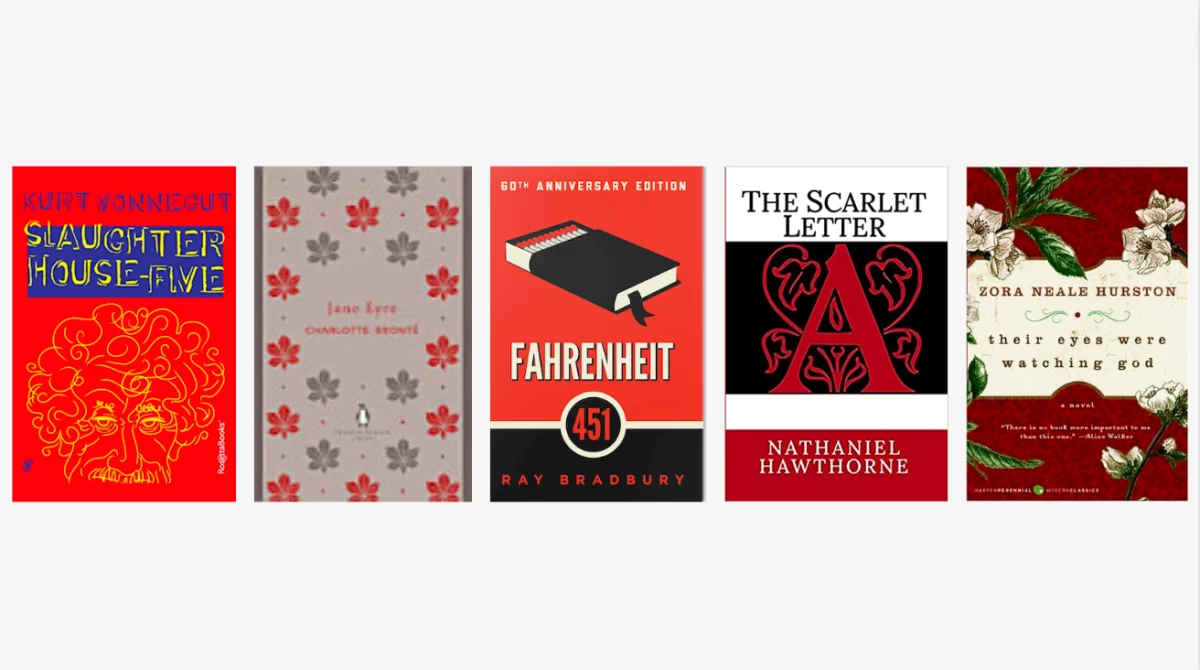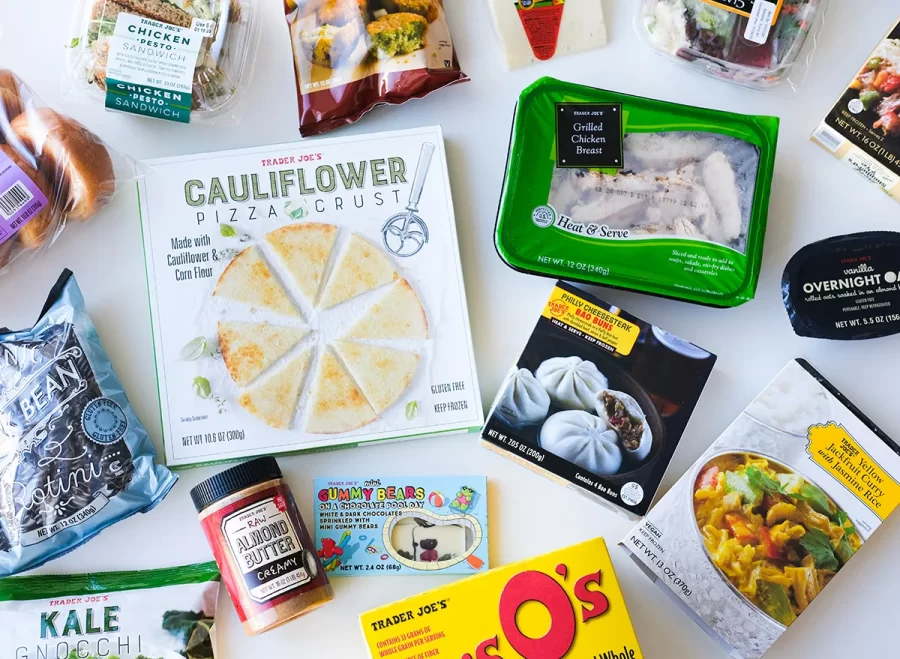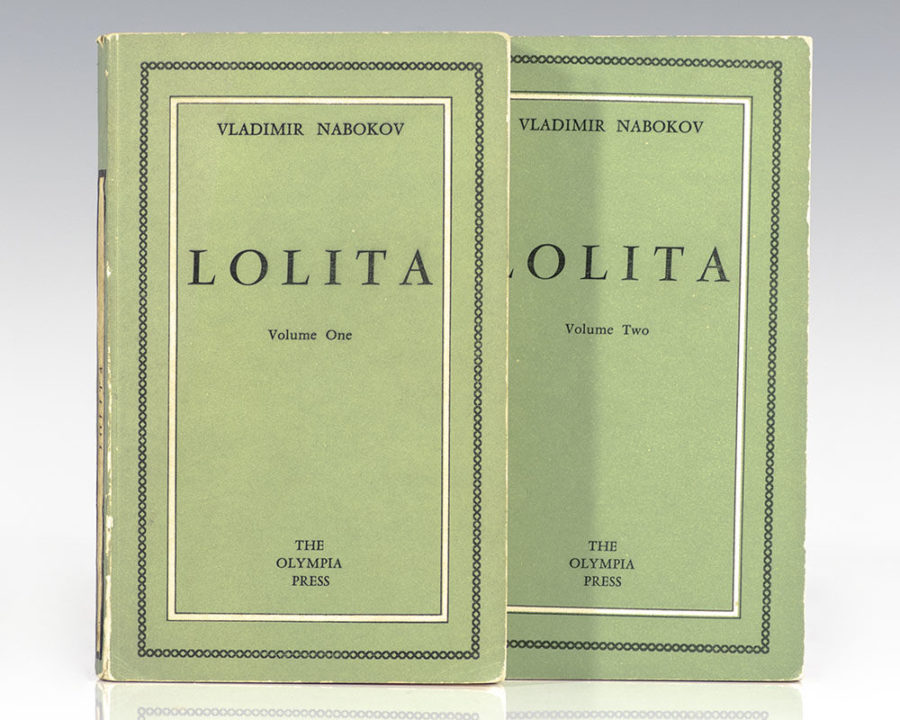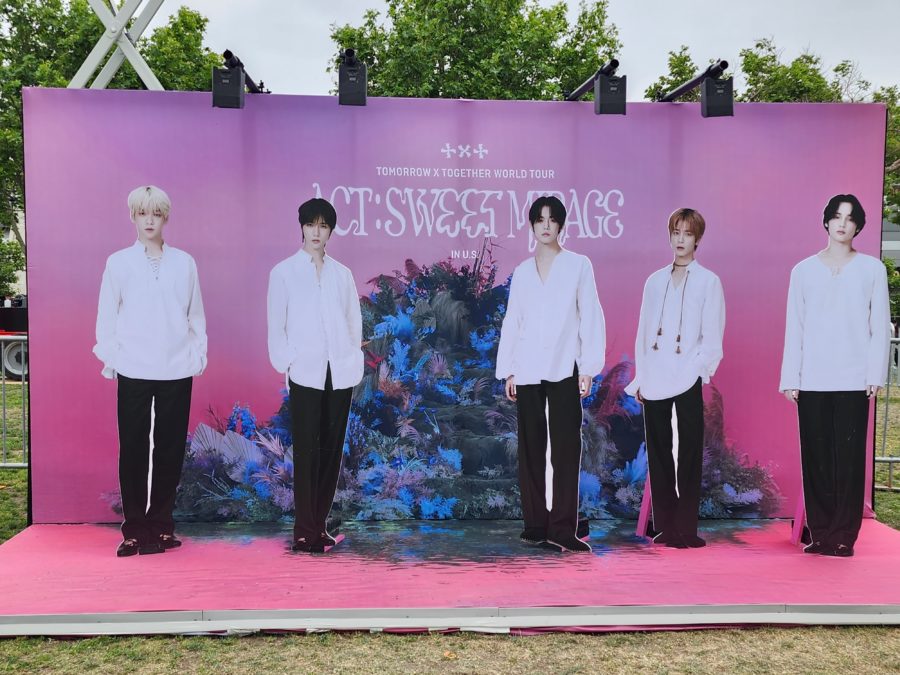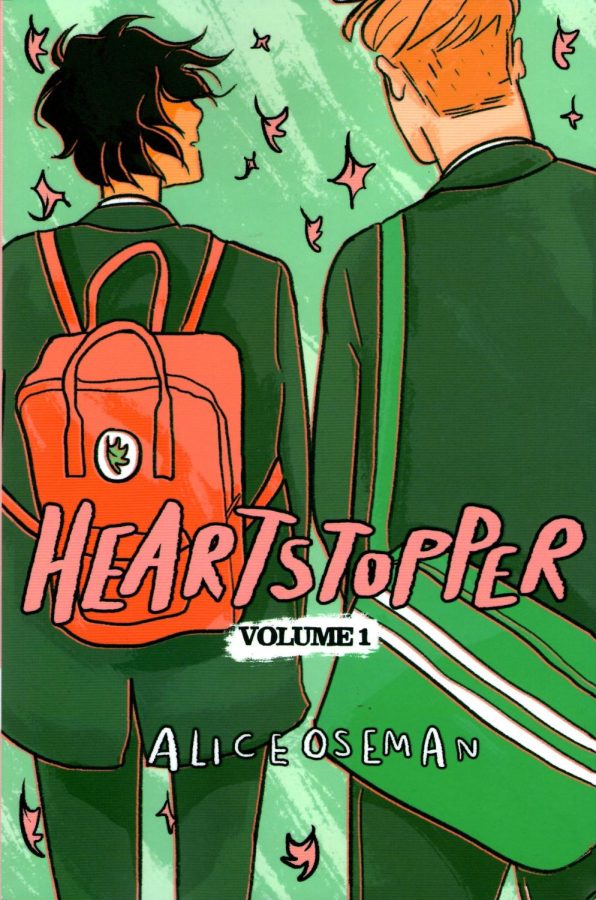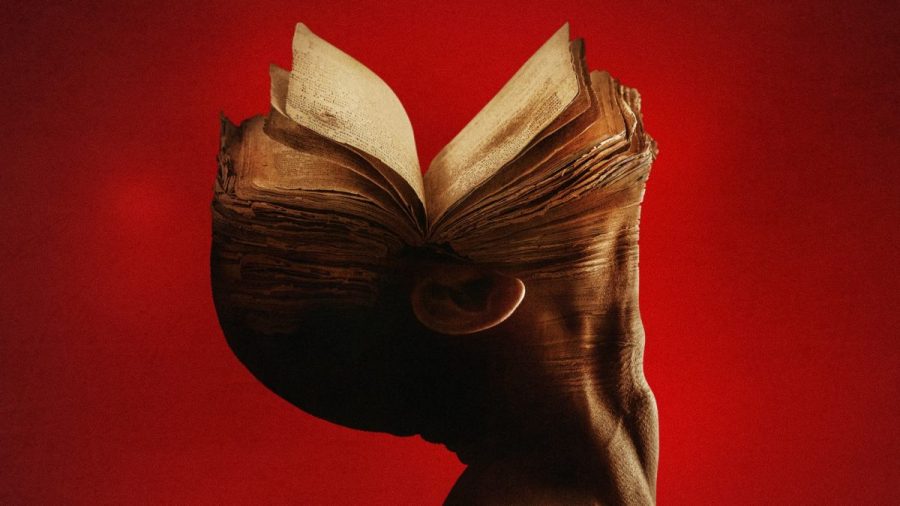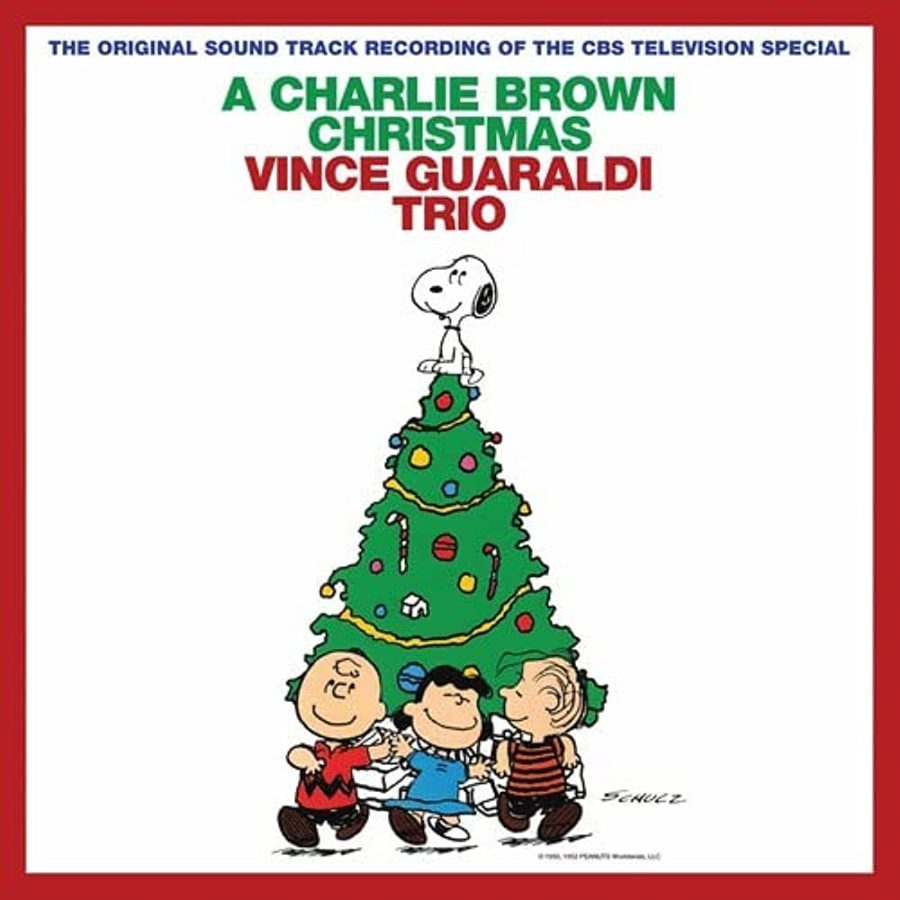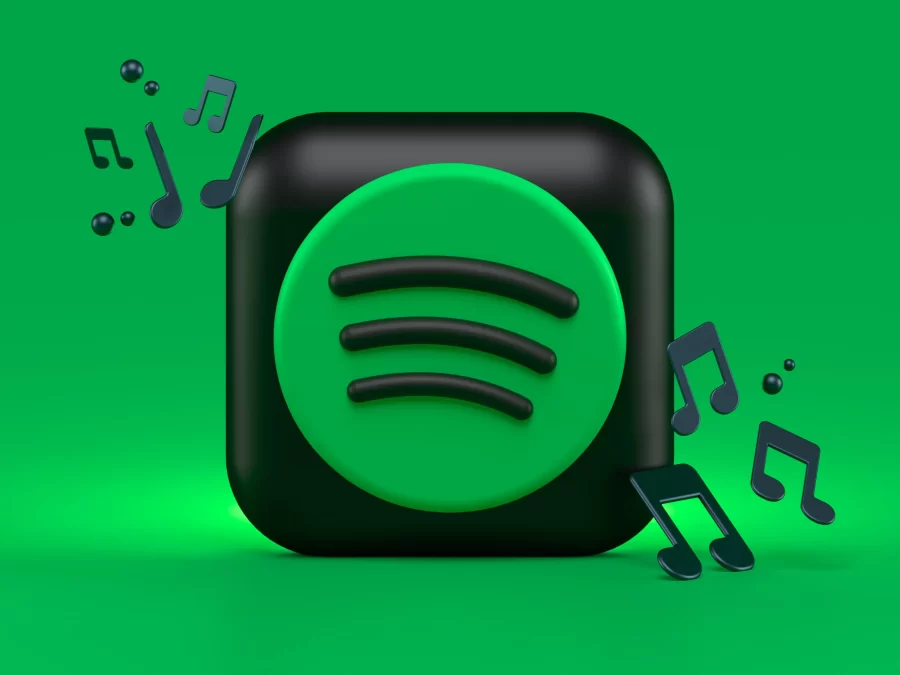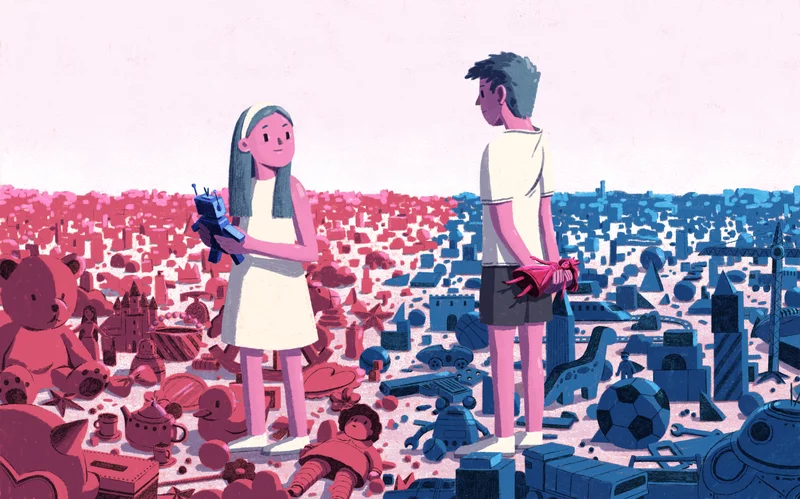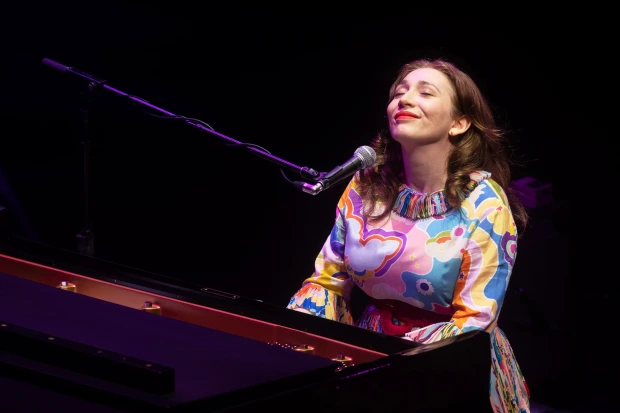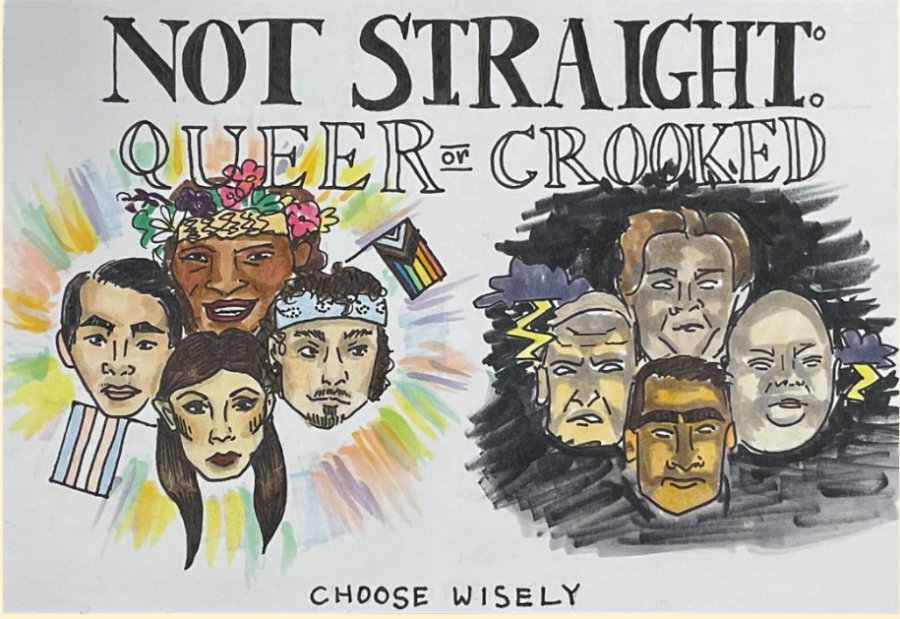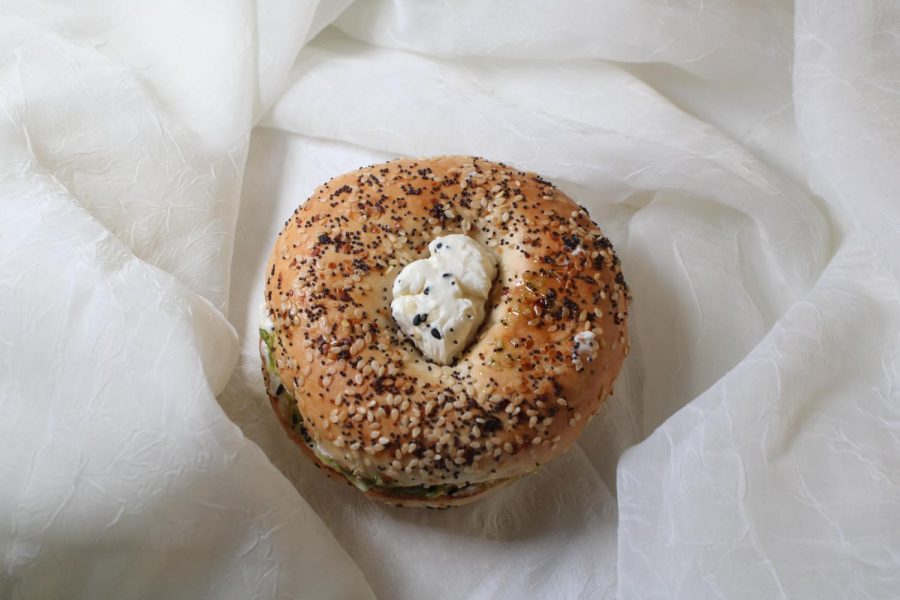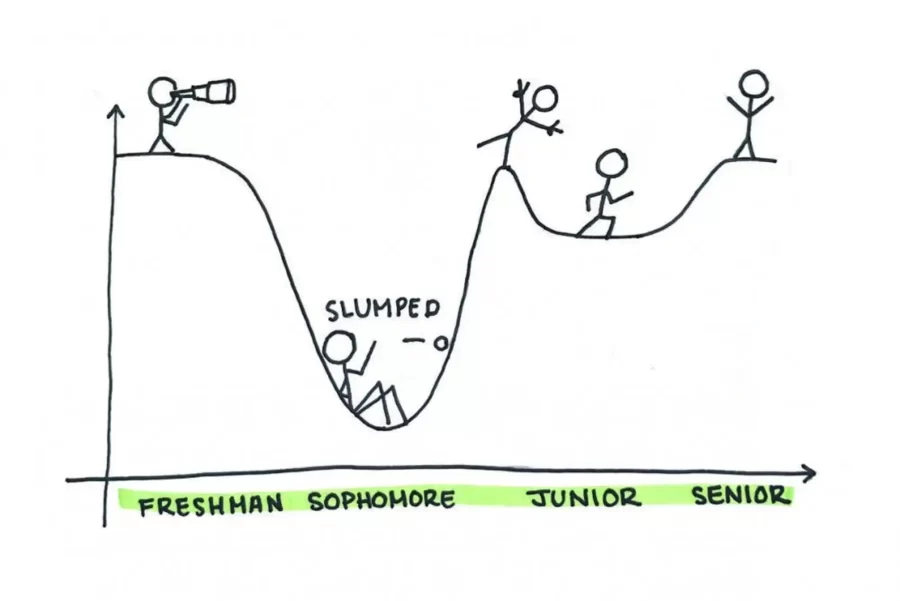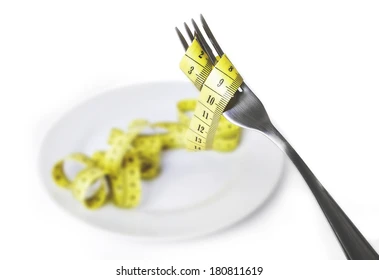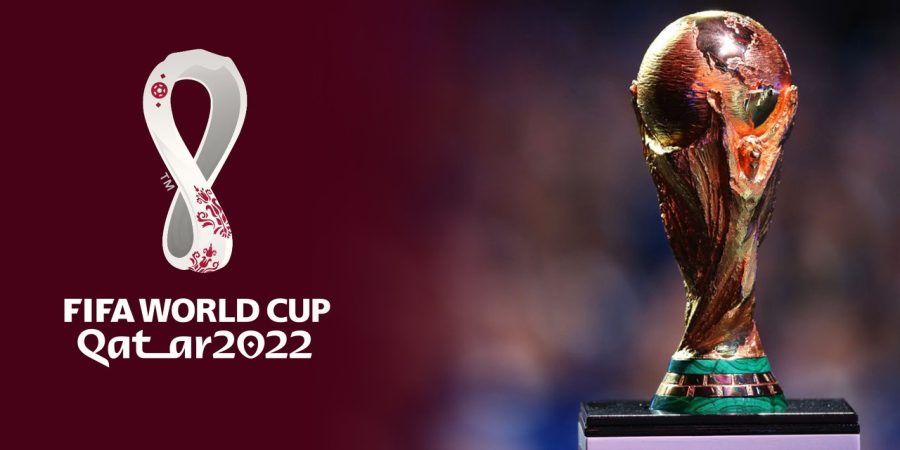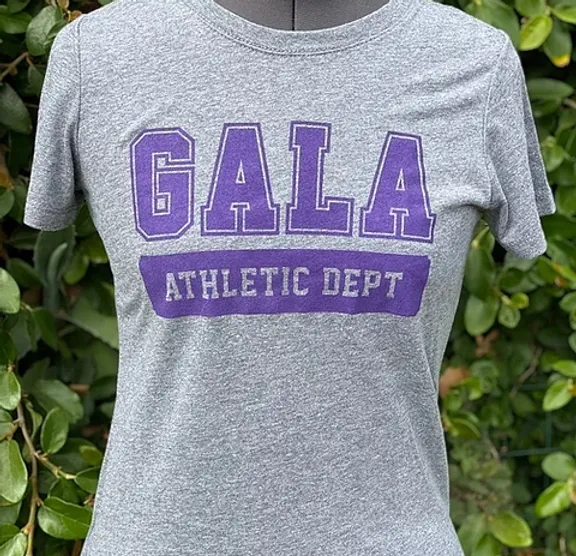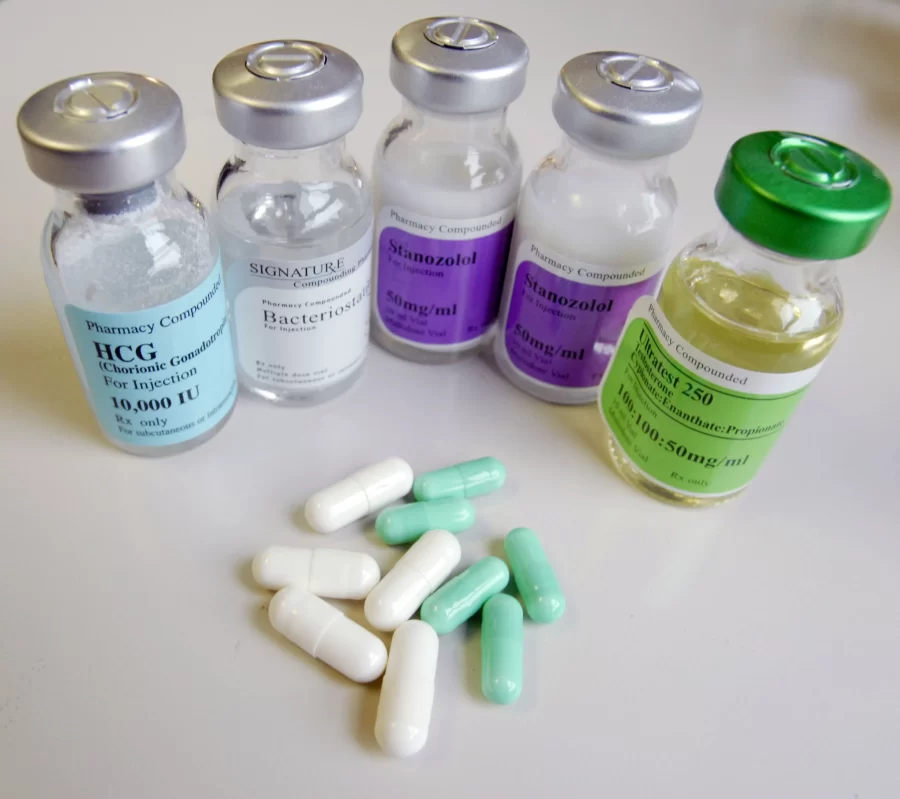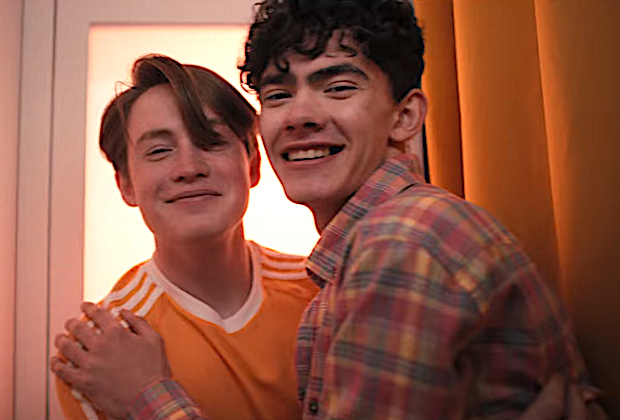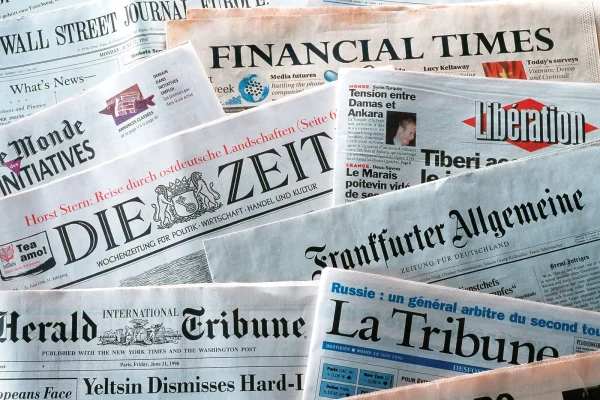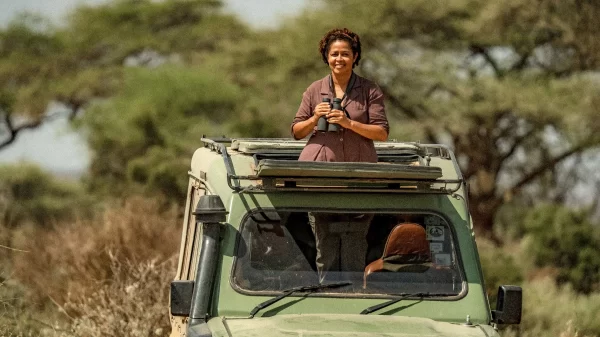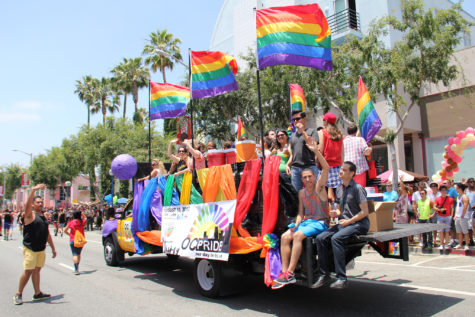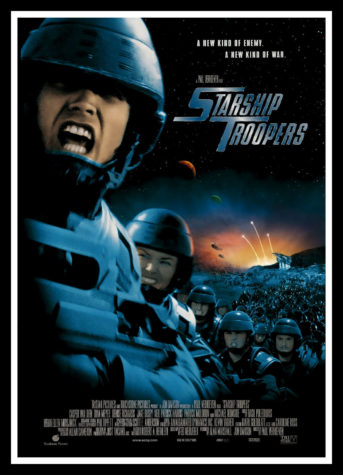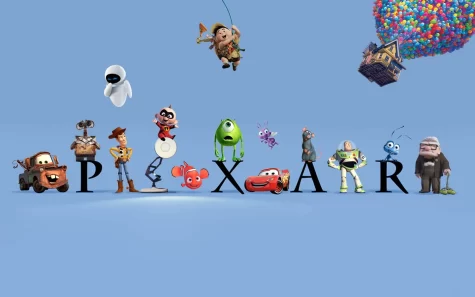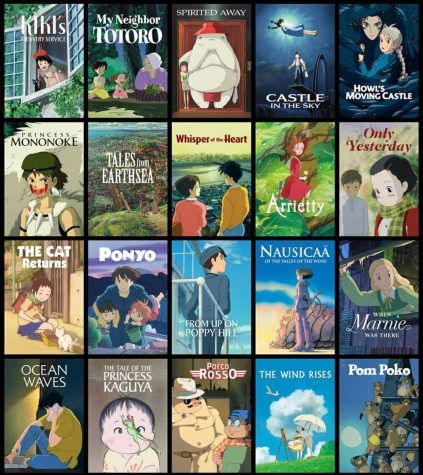The Representation In Heartstopper and Why It’s So Important
*This is a review on the show, so some things might not be canon to the comics*
The following review contains spoilers about “Heartstopper”
After endless scrolling through media for everything your little gay heart desires, the new series “Heartstopper” joined the Netflix family on April 22, 2022, and has received applause all across the LGBTQ+ community. The story was originally a web series on WEBTOON and turned into a published graphic novel written by Alice Oseman. Oseman has additionally written novels surrounding the “Heartstopper” characters, as well as stand-alone novels. In July of 2019, See-Saw Films bought the rights to the comic, with plans to create a TV show. In January 2021, the Netflix adaptation was announced with Euros Lyn set to direct. Production began in April and wrapped in June 2021. “Heartstopper” now has over 24 million hours of viewing, most of which were done by me.
“Heartstopper” tells the story of a group of high school students in 10th and 11th grade. Charlie Spring (Joe Locke, he/him) sits next to rugby star Nick Nelson (Kit Connor, he/him) in homeroom and quickly develops a crush on Nick. Charlie’s friends are trying to keep him safe and tell him not to fall for a straight boy. We see Charlie and Nick’s relationship grow while meeting other queer characters along the way. Spoiler (though it’s a love story so you should know this) in the end, Charlie and Nick get together.
Charlie identifies as gay and was bullied intensely the year before. Nick struggles with his sexuality throughout the show, but ultimately comes out as bisexual. One of Charlie’s friends, Elle, is a trans woman of color (Yasmine Finney, she/her), who in the show befriends two lesbians Tara Jones (Corinna Brown, she/her) and Darcy Olsson (Kizzy Edgell, they/them) at Elle’s new all-girls school. Charlie and Elle’s core friend group also includes Tao Xu (William Gao, he/him) and Issac Henderson (Tobie Donovan, he/him). Tao refers to himself as the “token straight friend” which insinuates that Isaac is LGBTQ+ as well. Though it isn’t specified in the show, creator Alice Oseman has said that Isaac identifies as Aro-Ace. The characters are all unapologetically queer and spend the show learning and coming to terms with their own sexuality and gender and the identity of others.
One of my favorite things about the show is how it displays how being queer not only comes with struggles but can lead to happiness as well. Charlie’s character shows the story of a kid who had been bullied for being himself yet is still able to find love and be happy. Nick’s character has to re-evaluate his life and his choices while the song “Why Am I Like This?” by Orla Gartland plays in the background. However, the show also displays his character becoming comfortable with his label and standing up to his friends when they are being bullies.
Usually, with queer representation in media, their main storyline is the suffering they have to go through, but this show shows the bright side as well. This is especially present in Elle’s character. Elle is trans, but it is only blatantly mentioned in the show twice. She can live her life post-transition and she shows the more optimistic side of being trans; feeling comfortable and confident being herself. Her main storyline isn’t even about her being trans, though, because it is obviously a big part of her life, it is still a major player in her journey. Tara and Darcy had “known for ages” that they were gay, but Tara was still pretty shaken when her school reacted poorly when she was seen kissing her girlfriend at a party. People don’t always react the way you want them to, and it hurts to be singled out, but with the help of her friends, Tara learns to just let them talk; it doesn’t affect her.
Many kids nowadays watching high profile media such as Netflix don’t get the education or representation of the LGBTQ+ community. For a queer kid who may be scared to come out, seeing people on screen going through the same thing is incredibly freeing. Many people have expressed that they used scenes to come out to loved ones, whether by watching the show with them or just using it as motivation. For kids living in more gated communities who have no idea what any of these terms mean, or that people like this even exist, it’s a fantastic opening and opportunity to learn about LGBTQ+ existence in a positive light rather than what others might have told them.
In a modern world with diverse schools, it’s important to acknowledge our differences as well as unity. Let characters express themselves while also having everyone be equal with equal opportunities. With the diverse cast members and characters in “Heartstopper,” we see everyone have equal footing in the friendship without it feeling forced. In many modern shows, the industry likes to throw in a character of color or someone part of a minority and get “progressive-points” for breaking the barrier, while also sticking to stereotypes and not letting the characters be defined for anything other than their one atypical quality. “Heartstopper” enables characters to love themselves inside and out.
“Heartstopper” will make everyone cry, not because it’s sad, but because it’s so meaningful to know that you are loved and not alone. This show is watched by millions and sends such a positive message to people of all ages to love themselves and others for who they are and all their differences. A big thanks to everyone who put so much hard work and effort into making “Heartstopper” possible. Go watch “Heartstopper” on Netflix for guaranteed good vibes.
———–
GLOSSARY
Aro-Ace: A person who is aromantic and asexual, or not attracted to anyone romantically or sexually.
Bisexual/Bisexuality/Biromantic/Bi: Being attracted to more than one gender.
Canon: True to the story and part of the universe.
Gay: Umbrella term for not fitting in the societal standard of only being attracted to the opposite gender.
Lesbian: (Usually) Females attracted to exclusively females.
Queer: An umbrella term for people who are not heterosexual or are not cisgender.
Transgender/trans: Not identifying as the gender label assigned at birth.
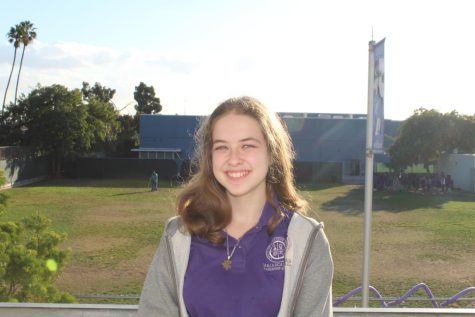
Mina is a staff writer for The Echo. It is their first year at GALA as well as working on The Echo. They are very passionate about many topics. In their...
